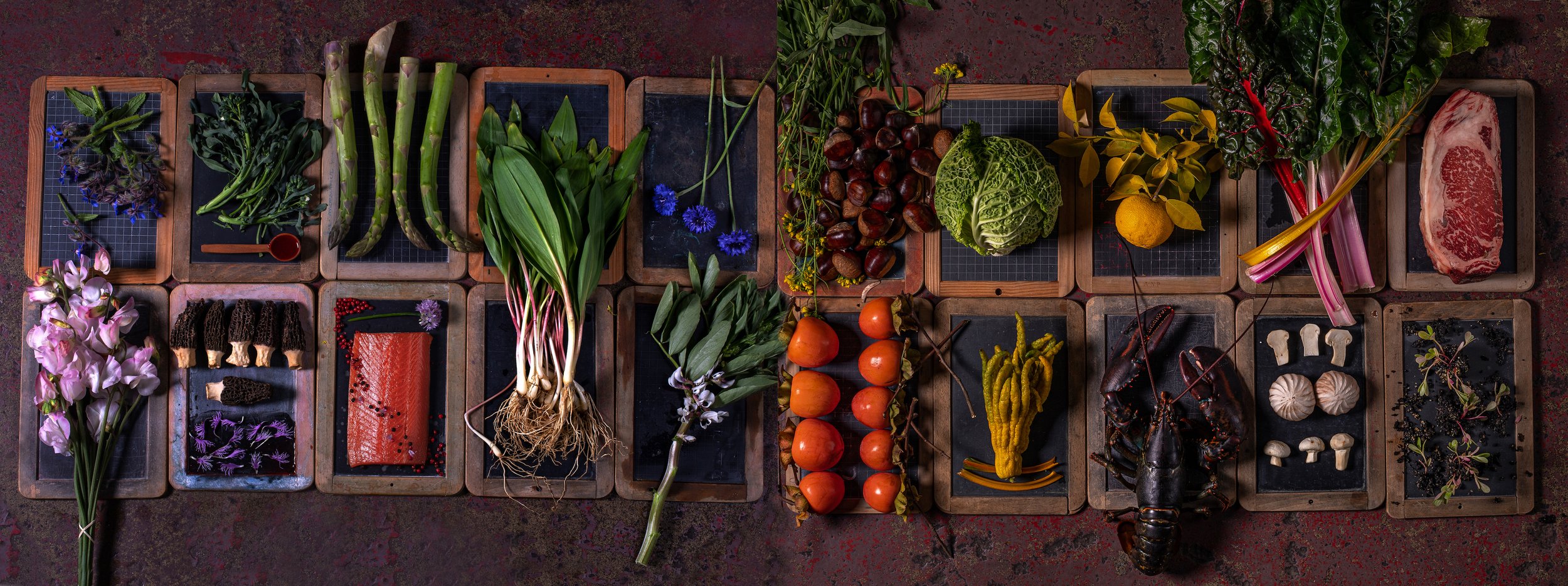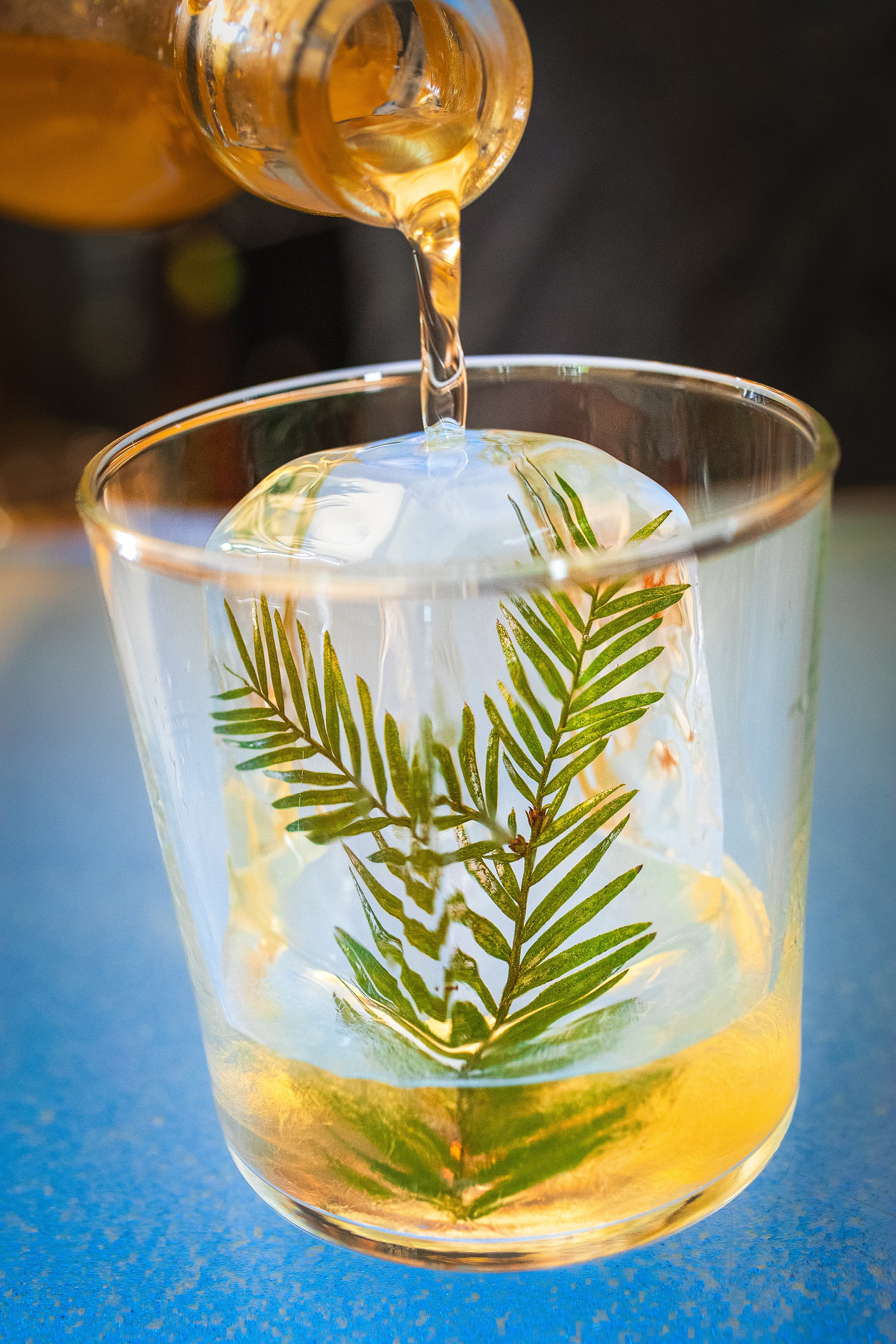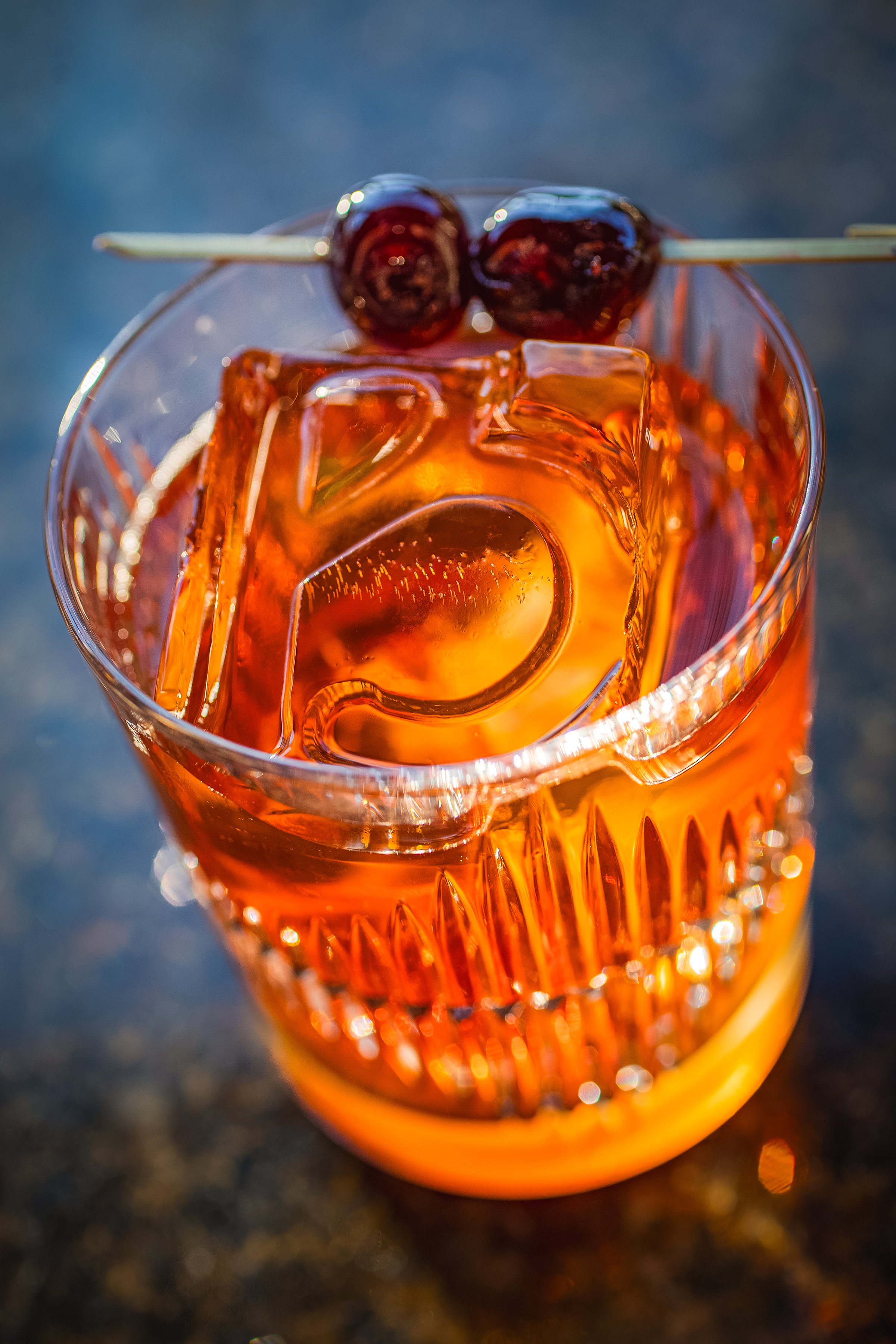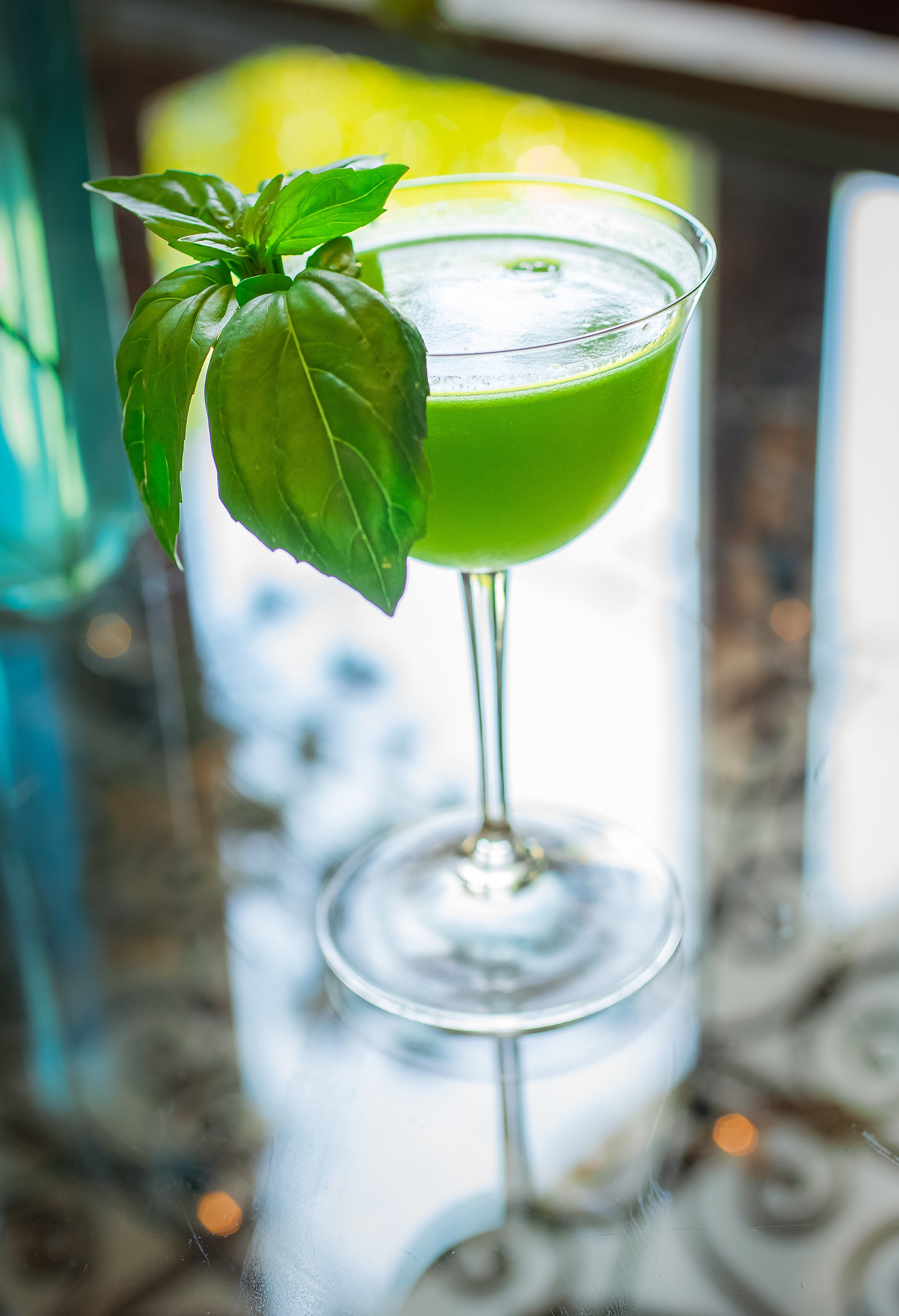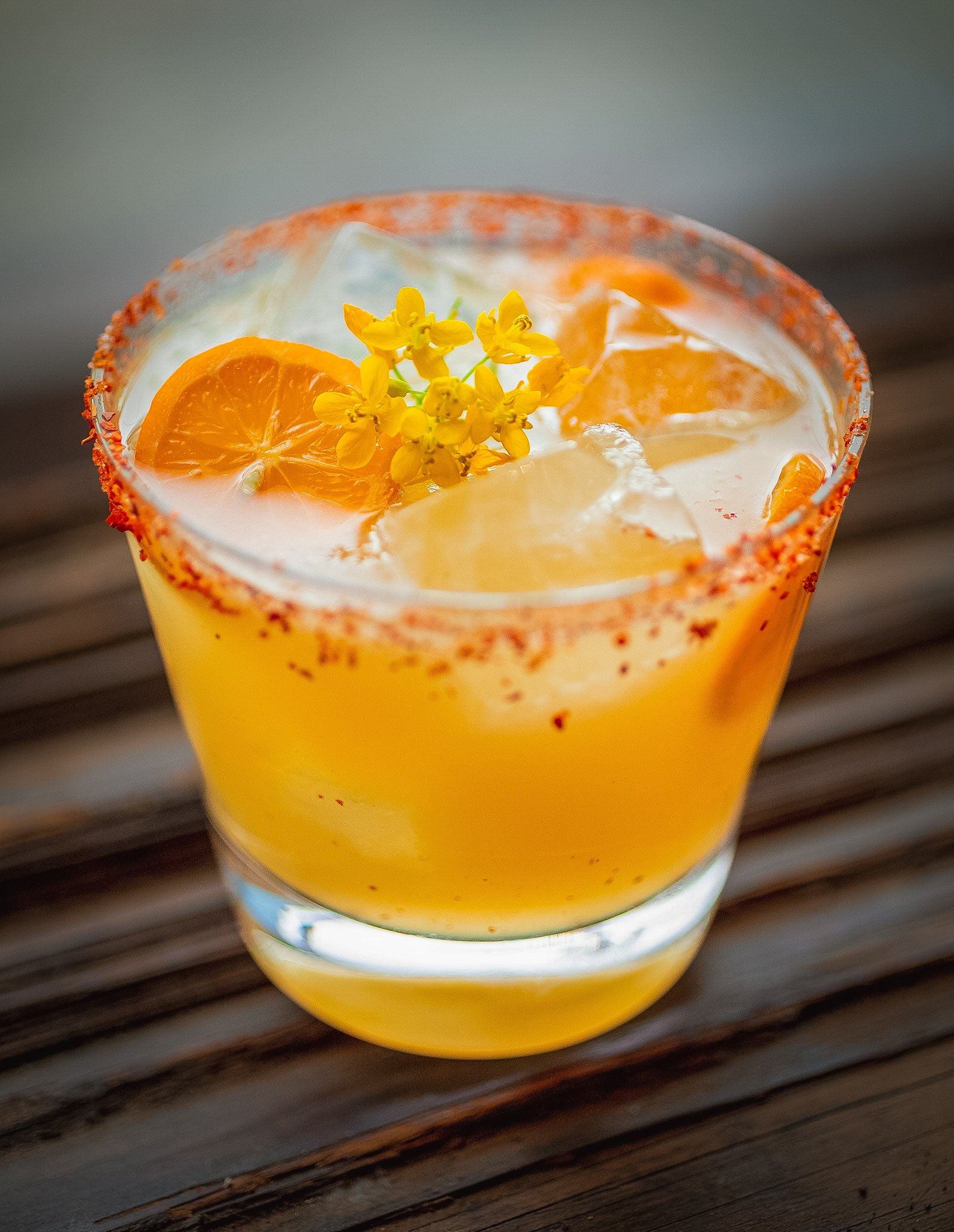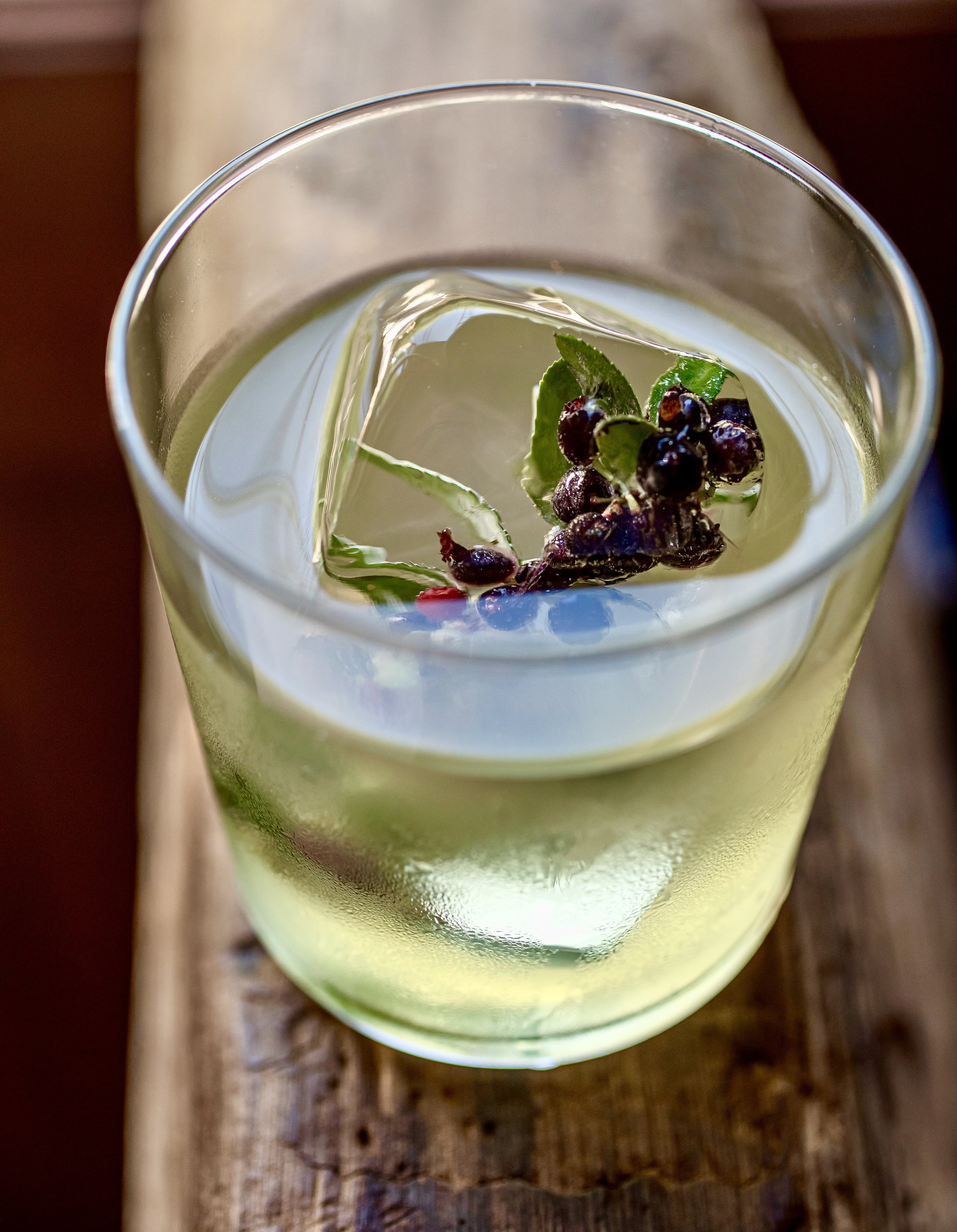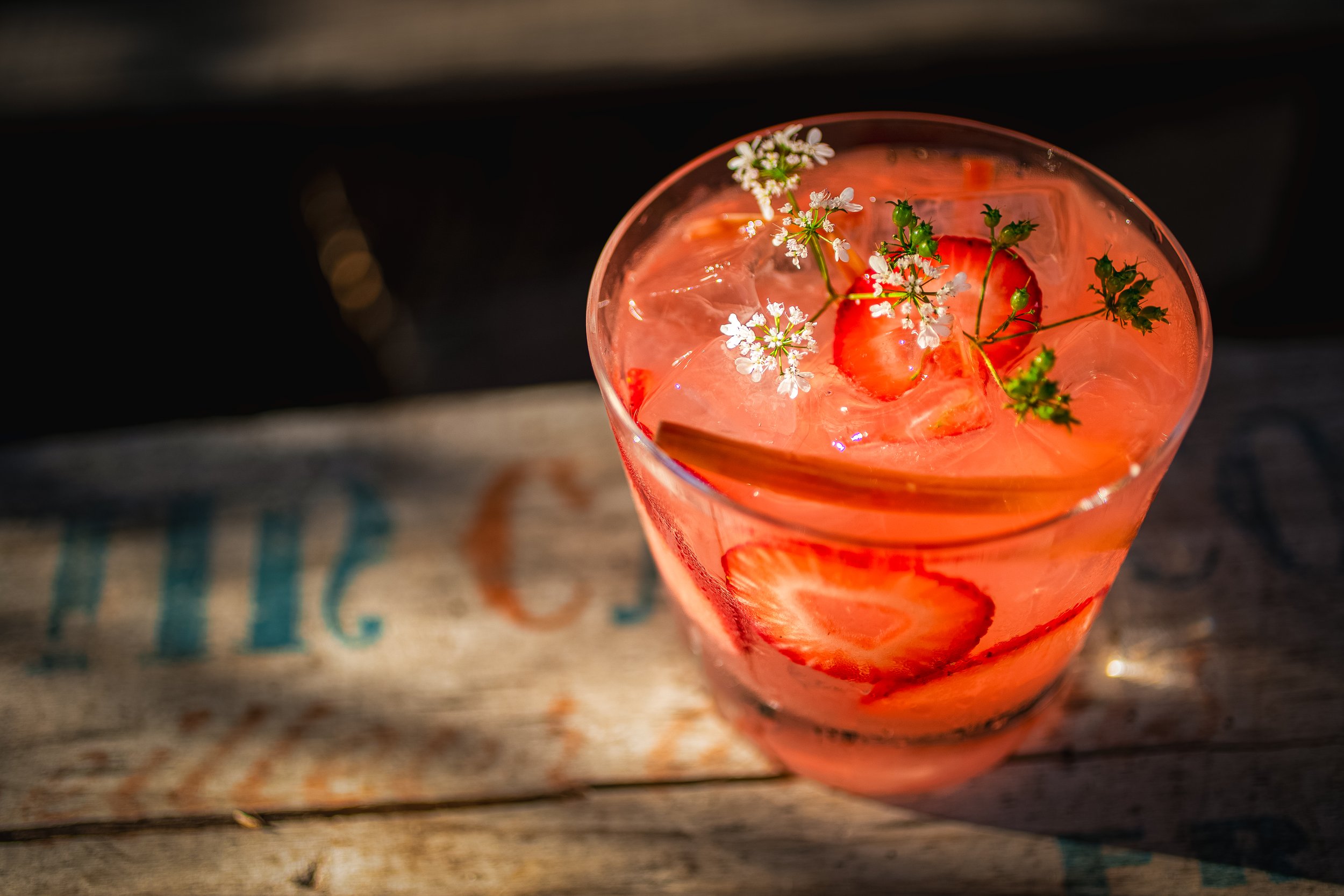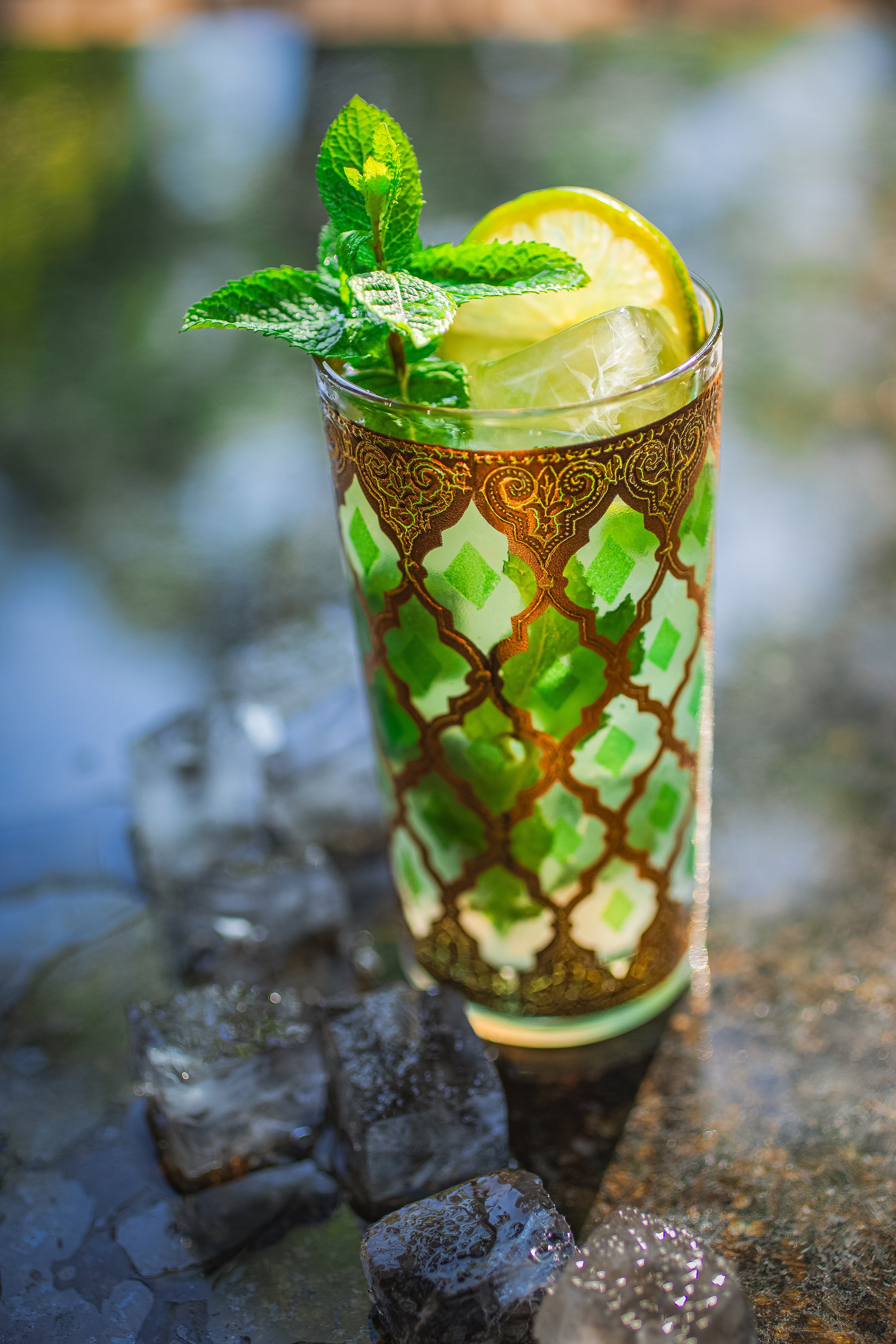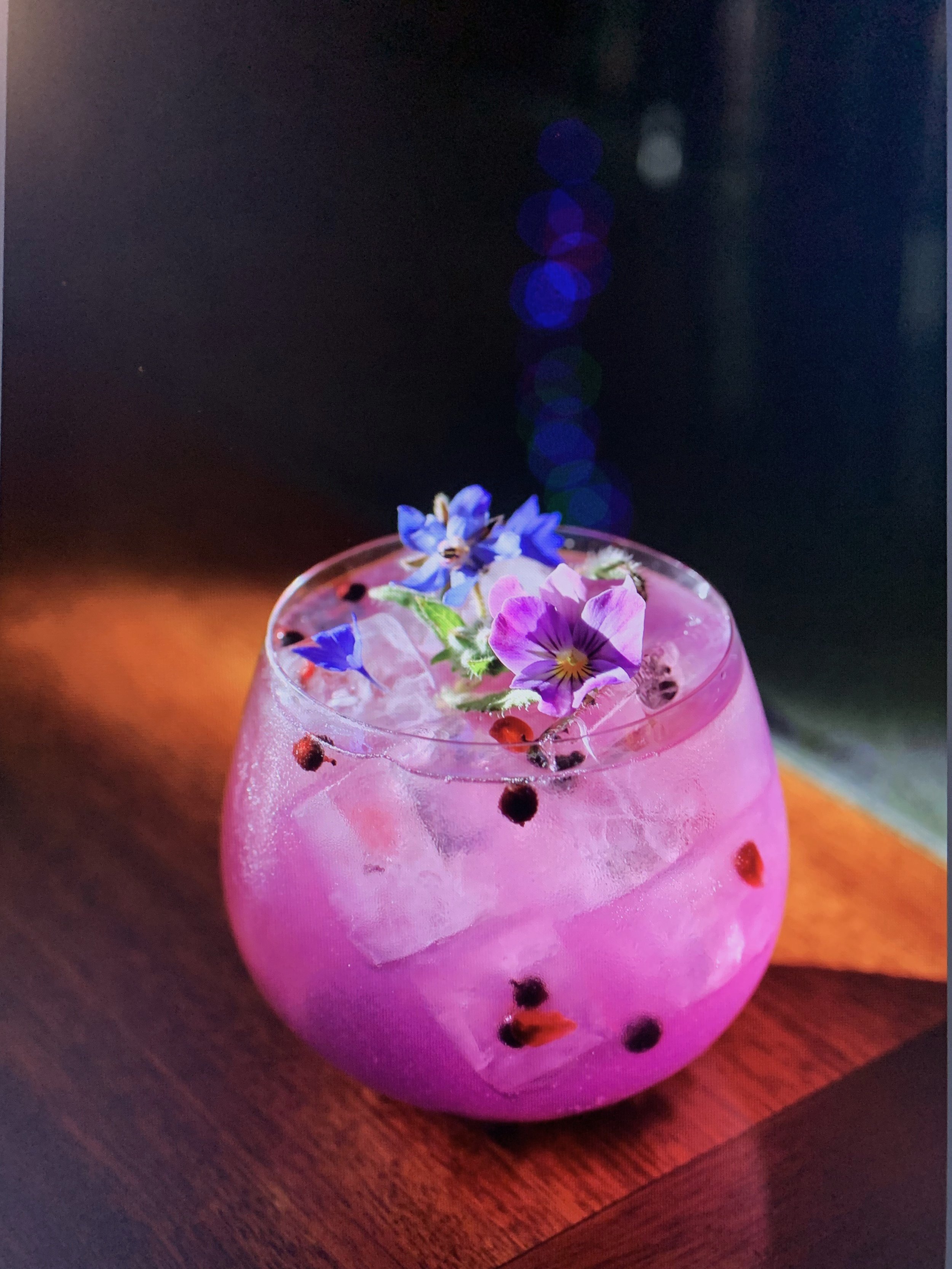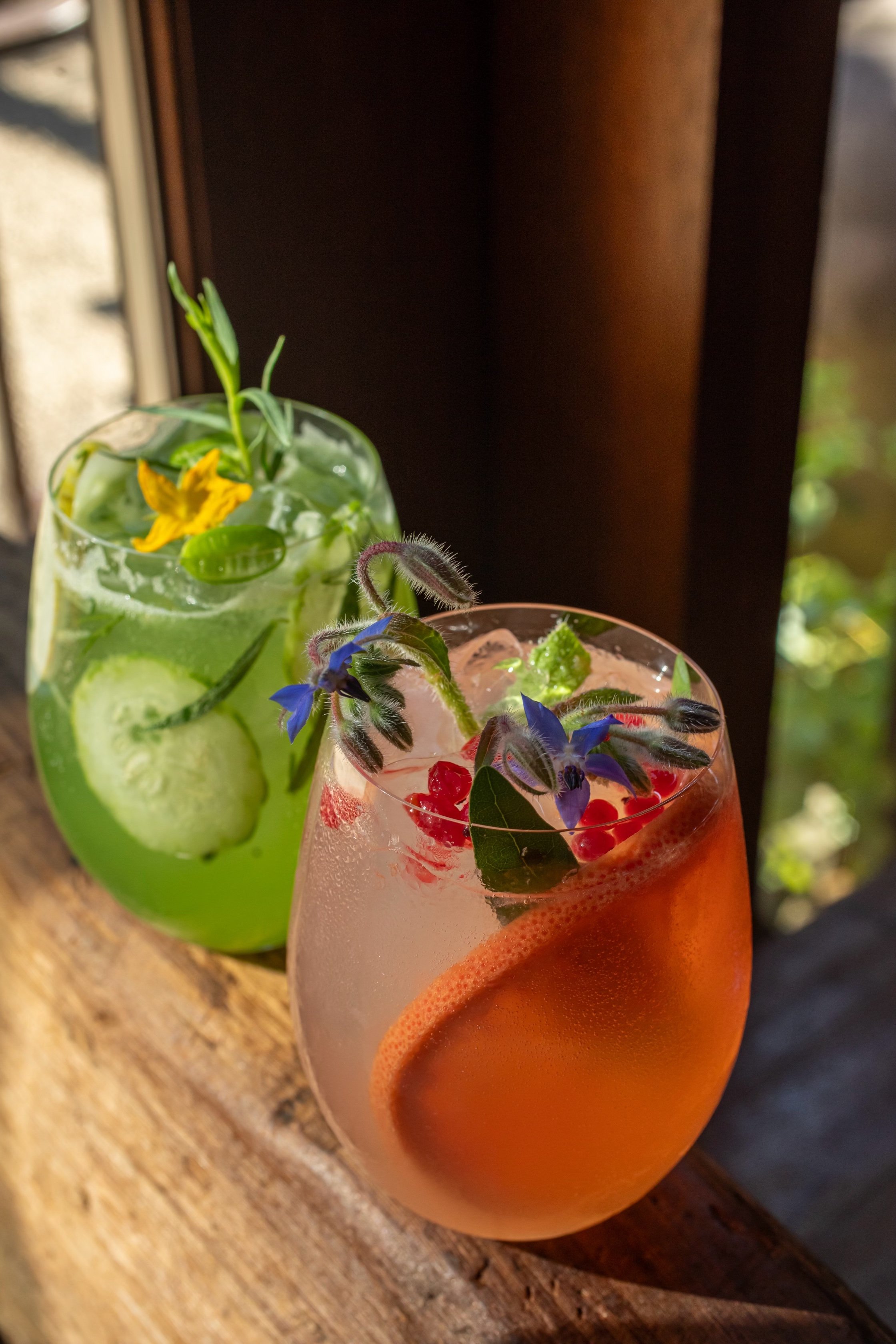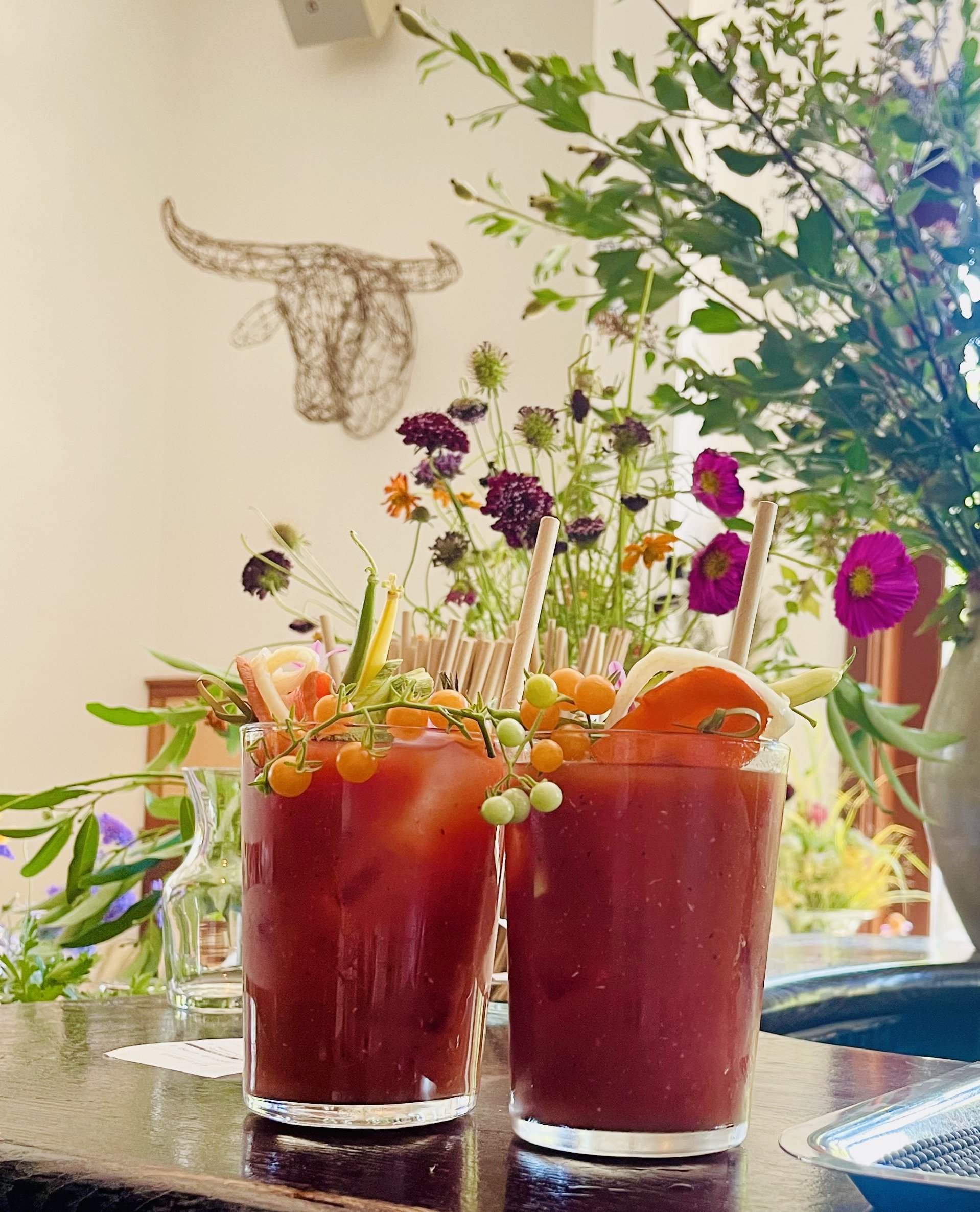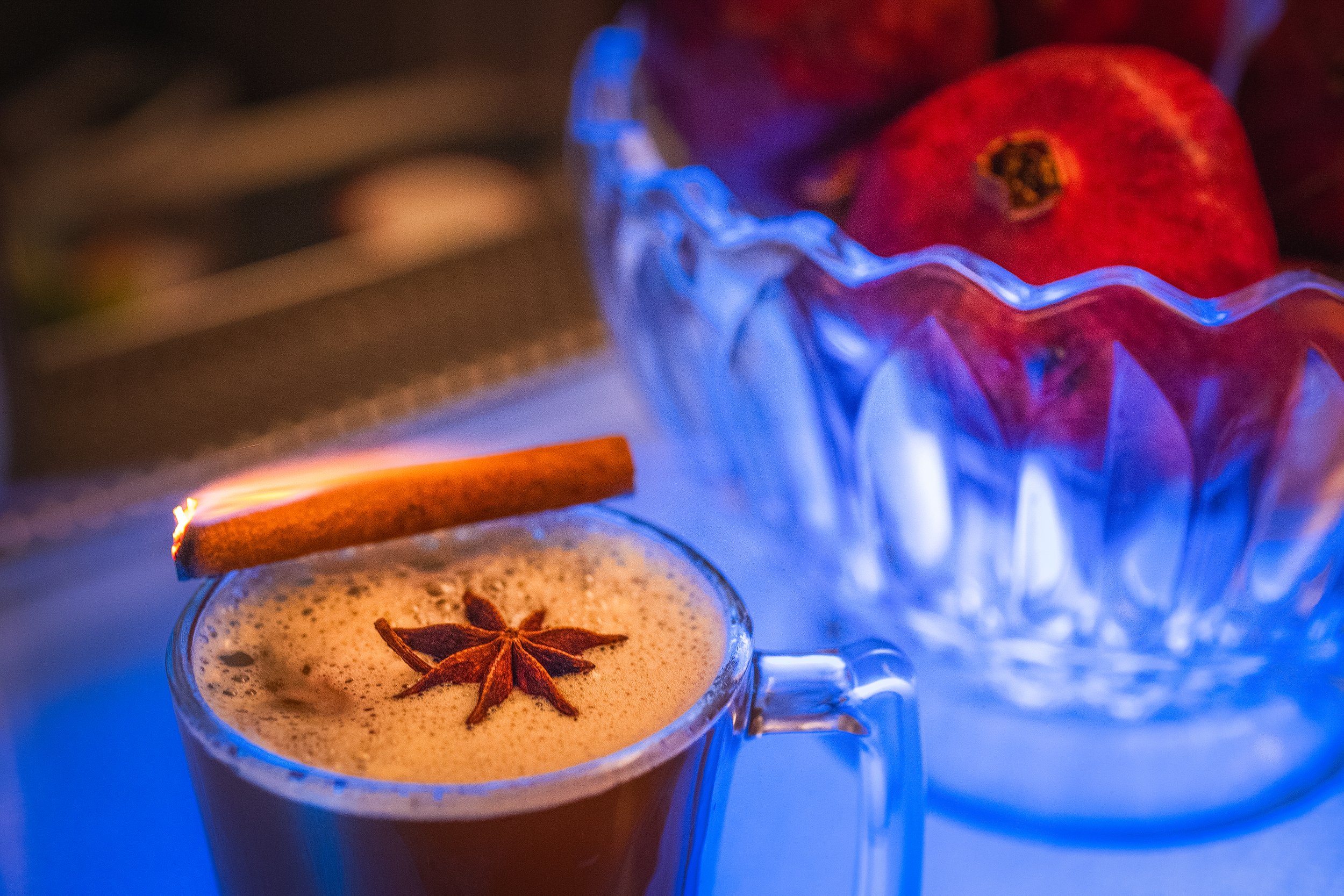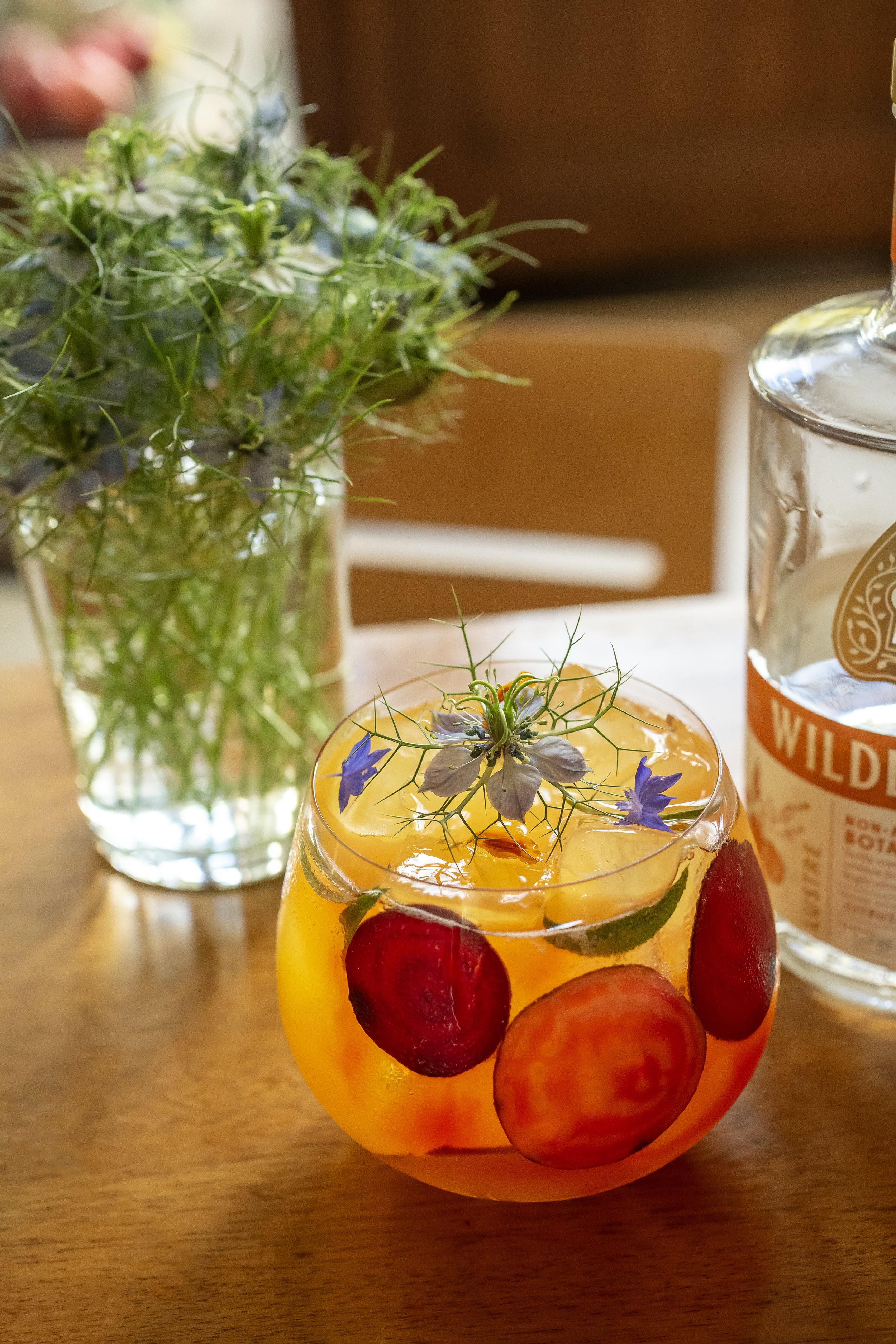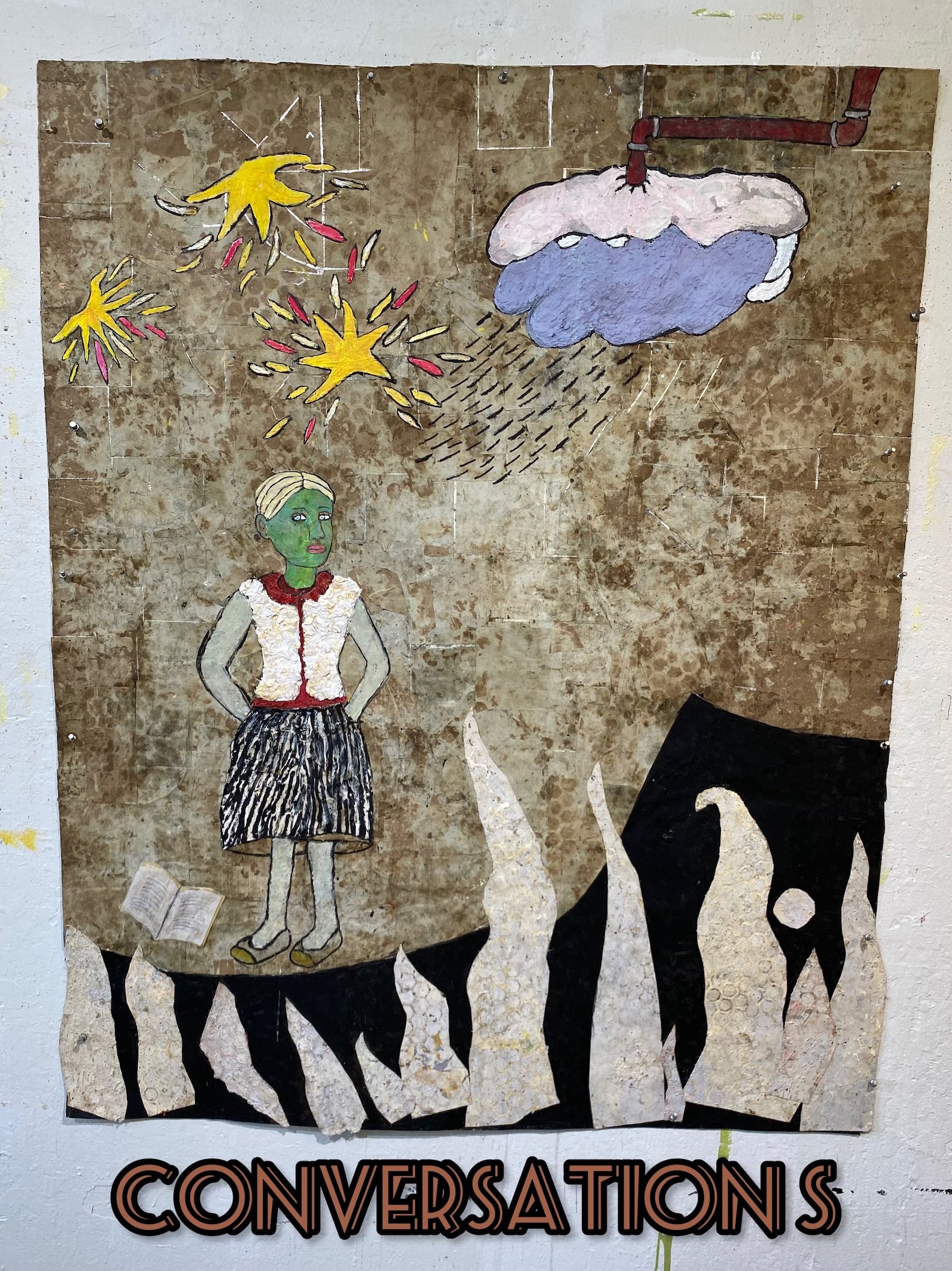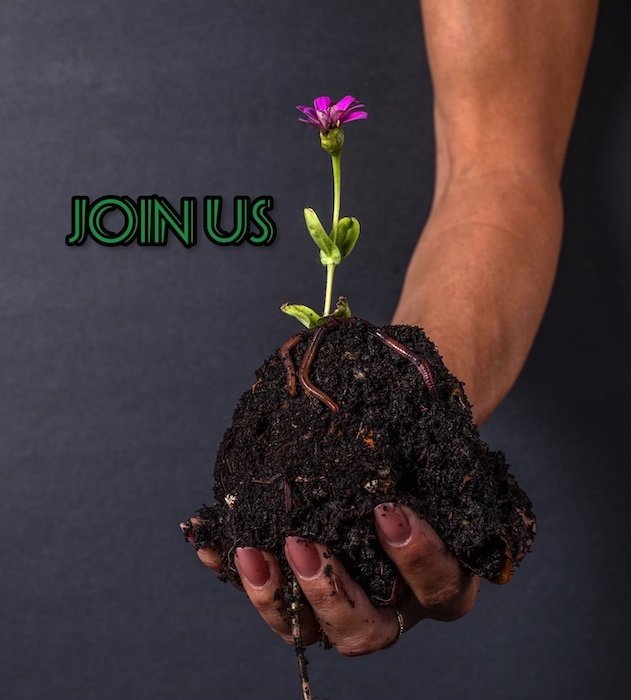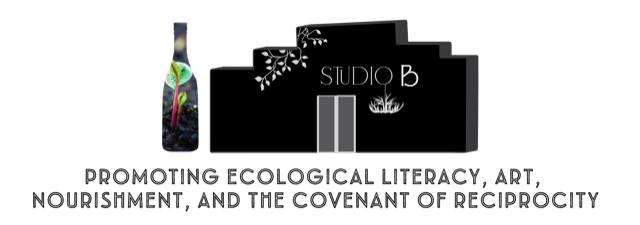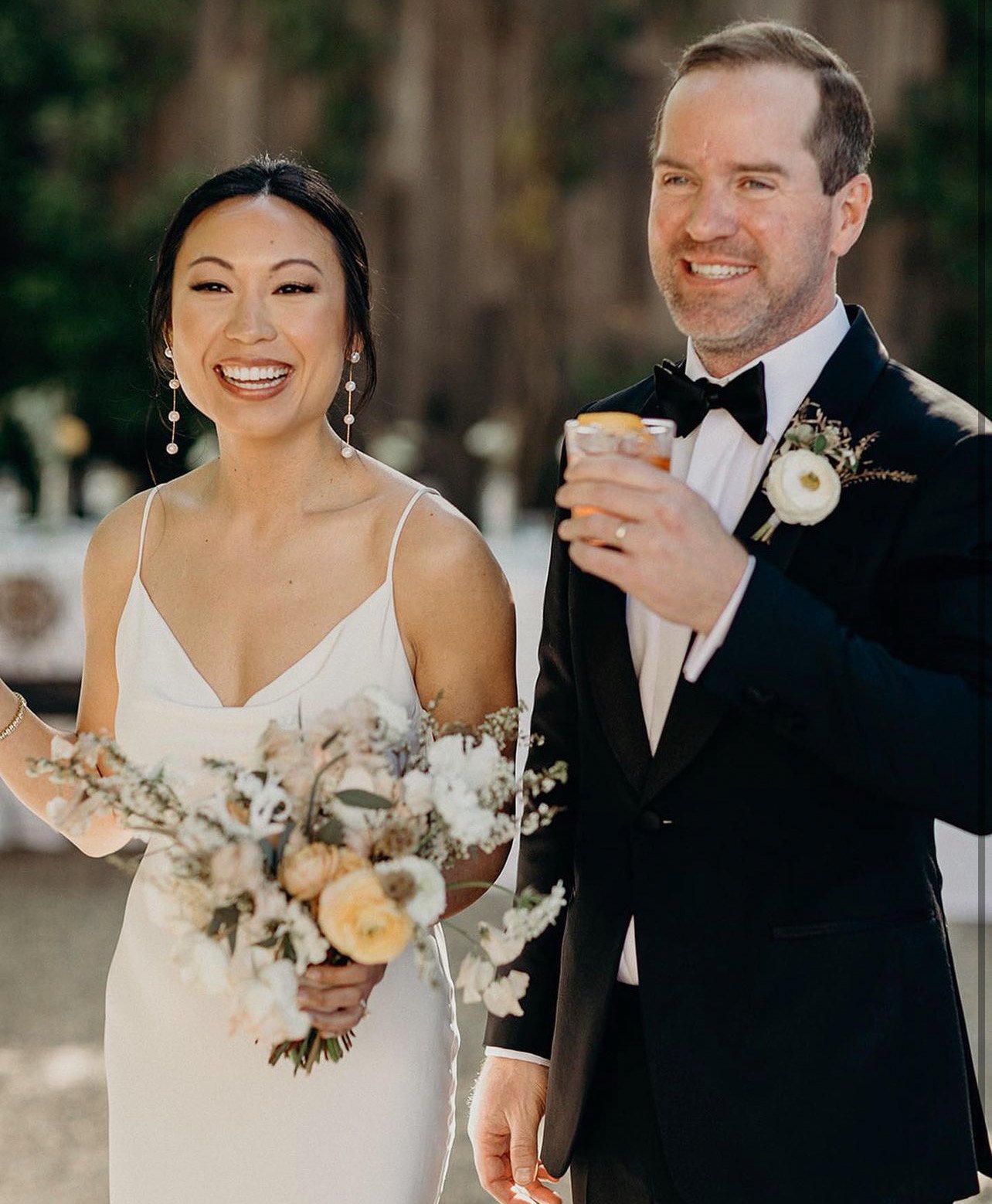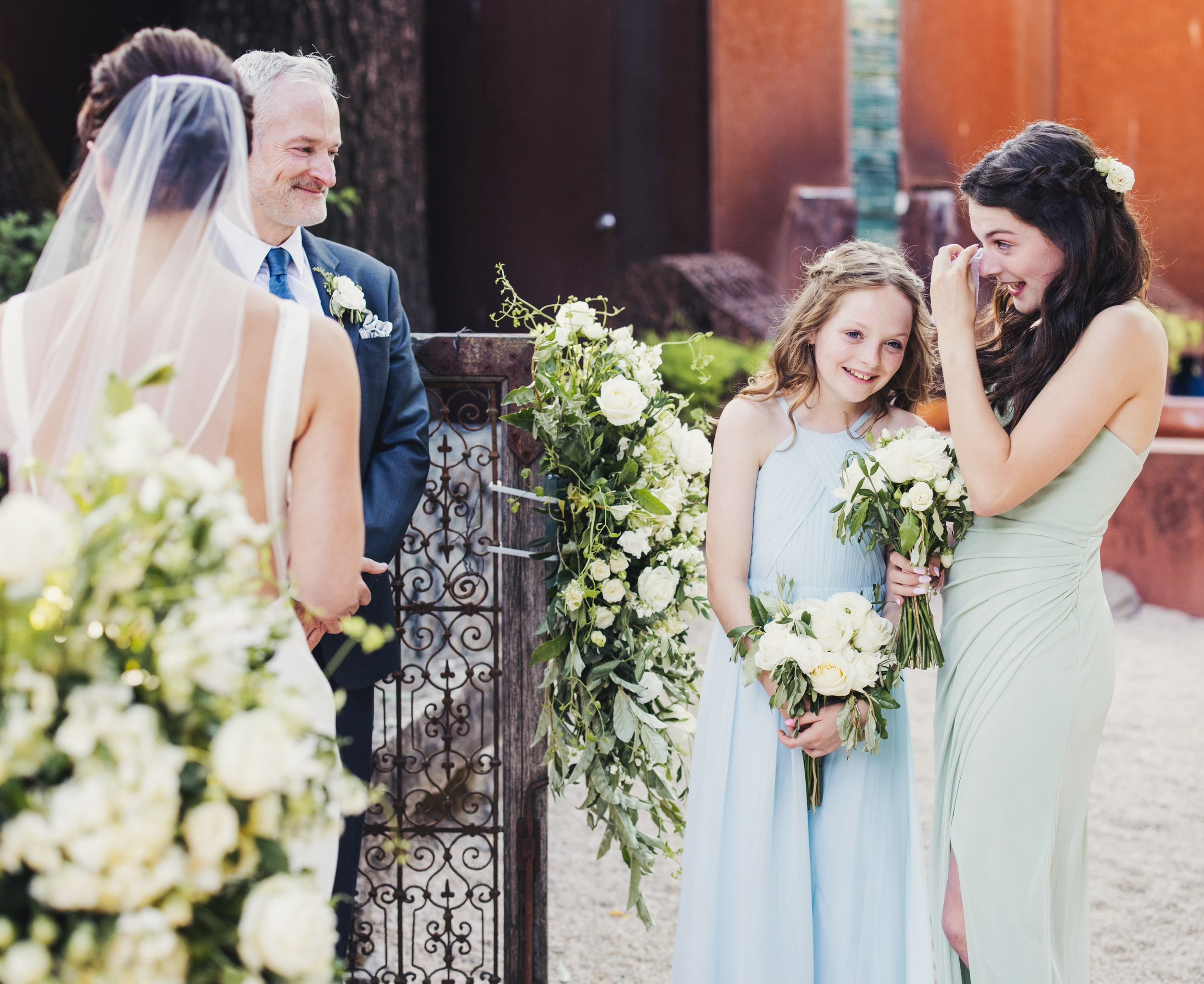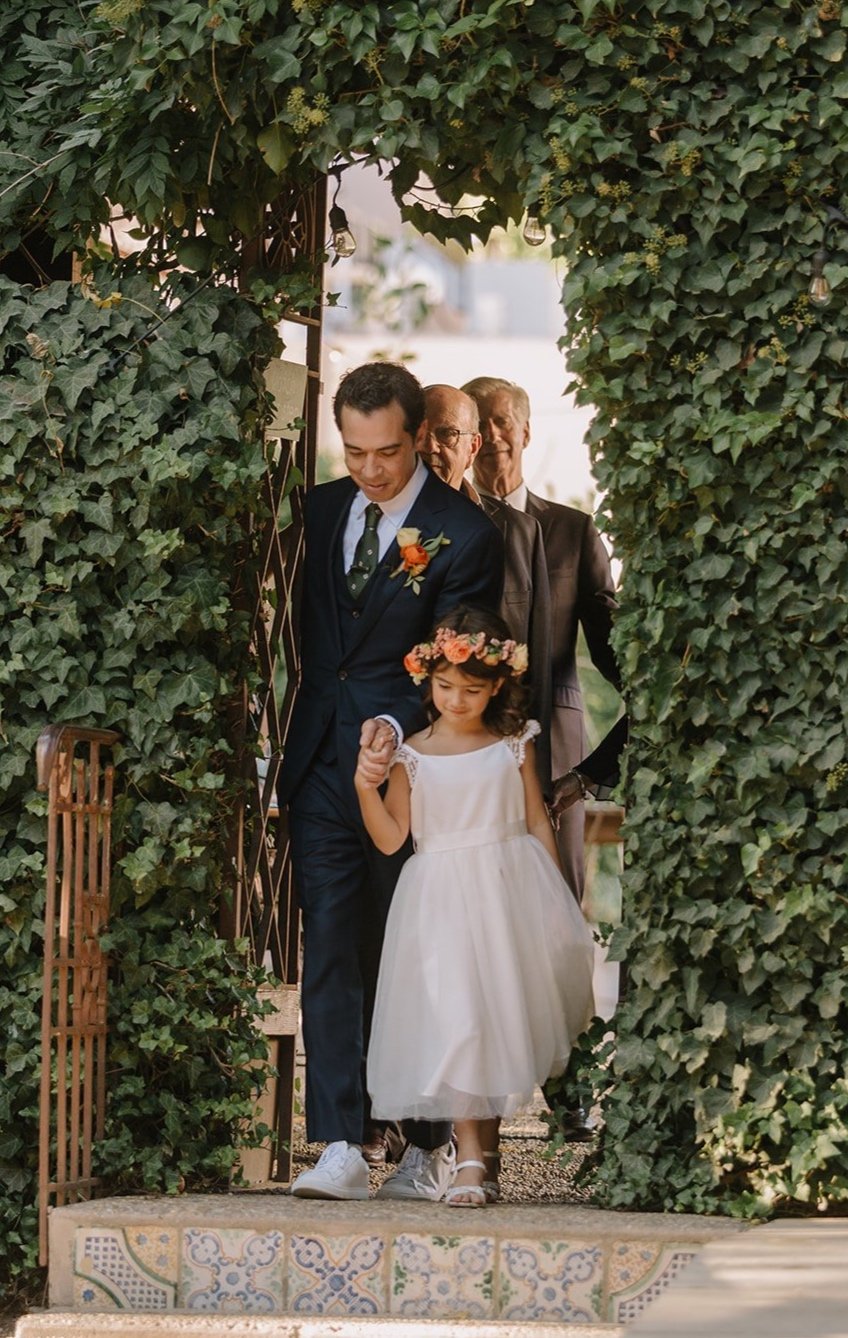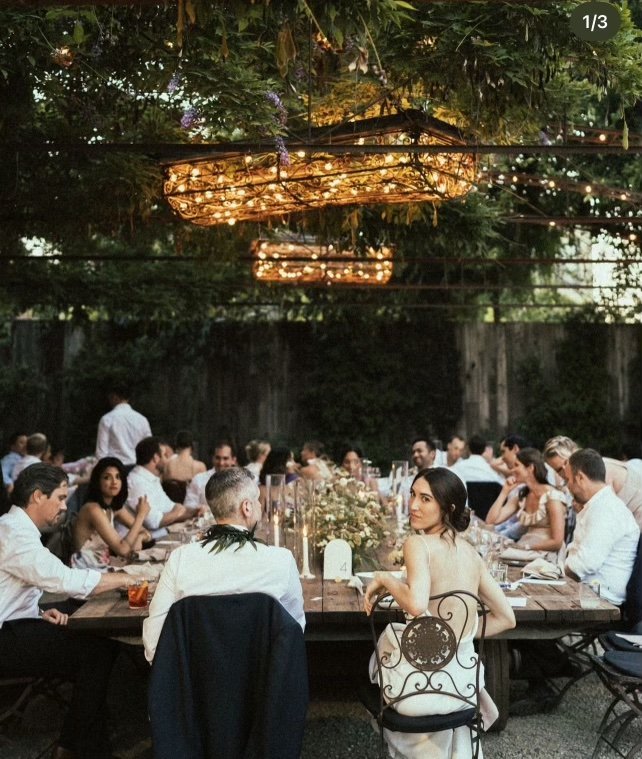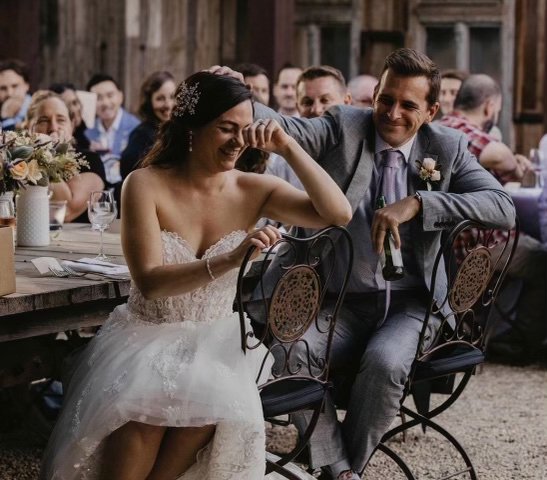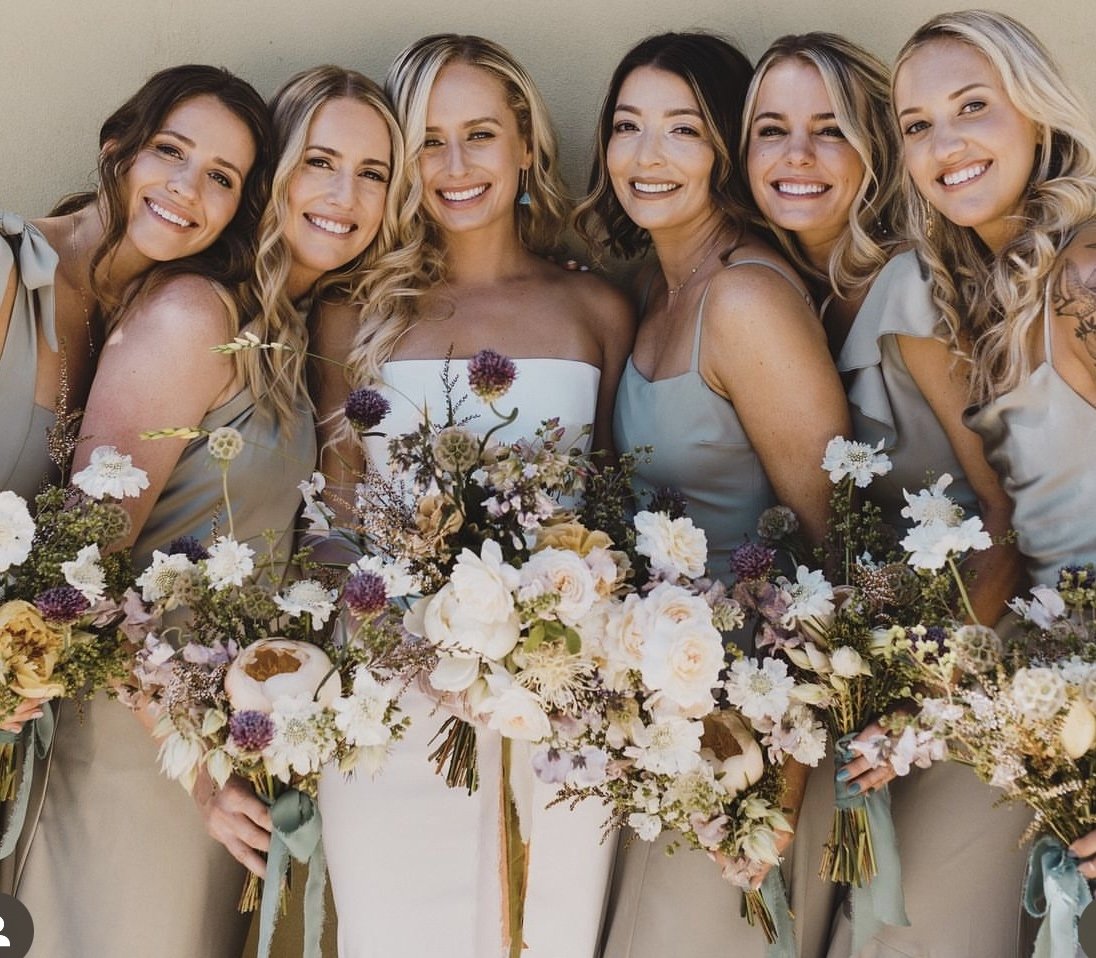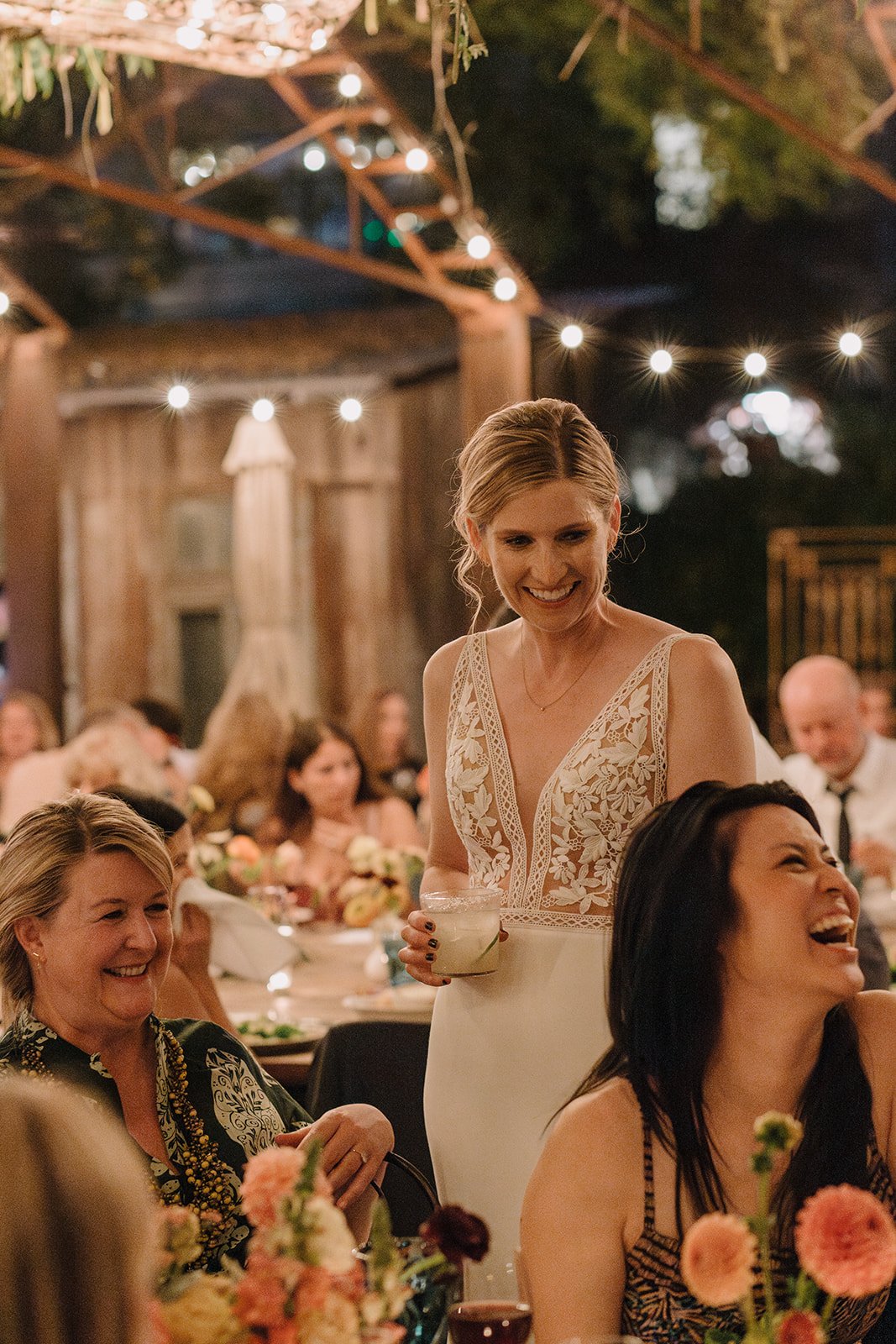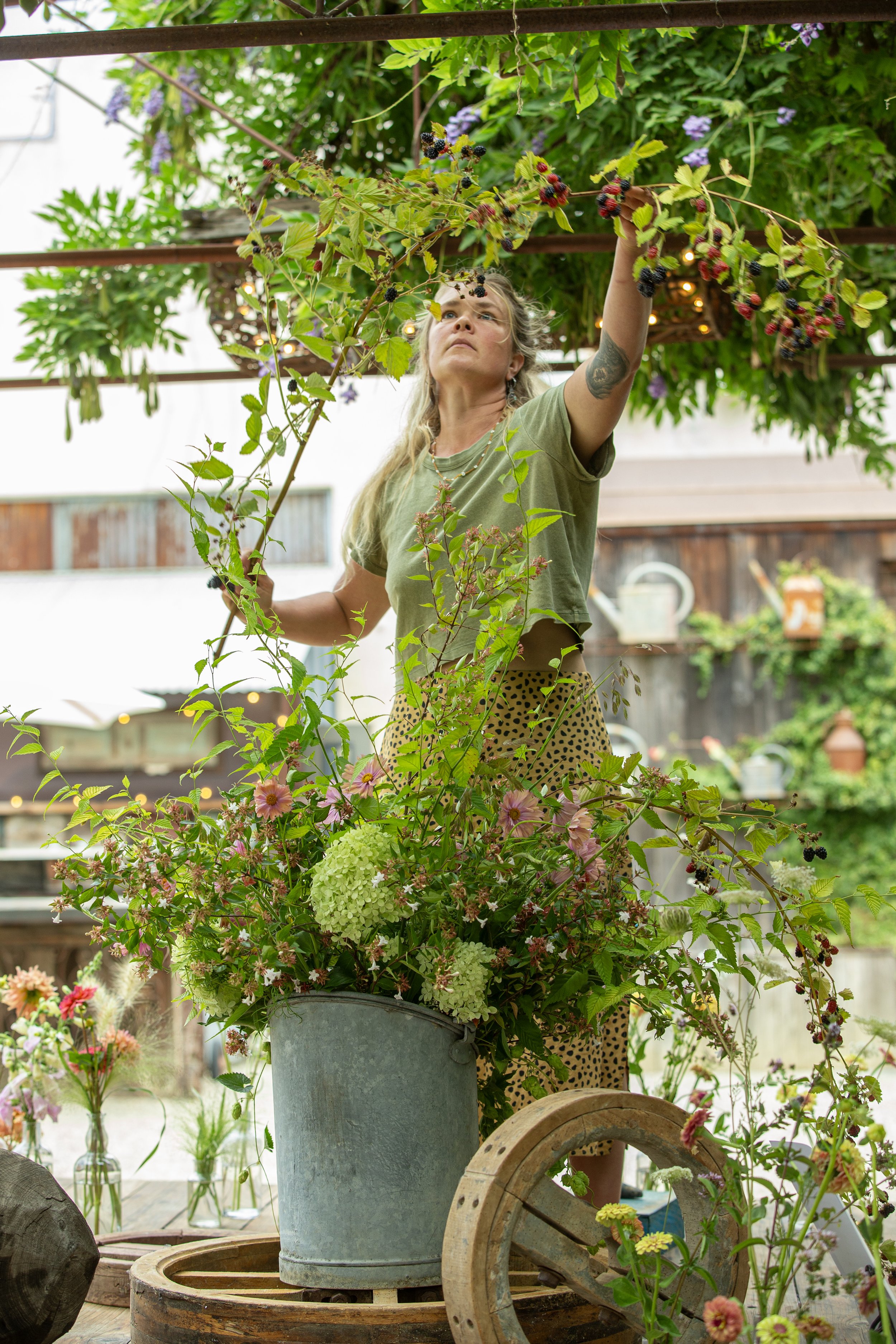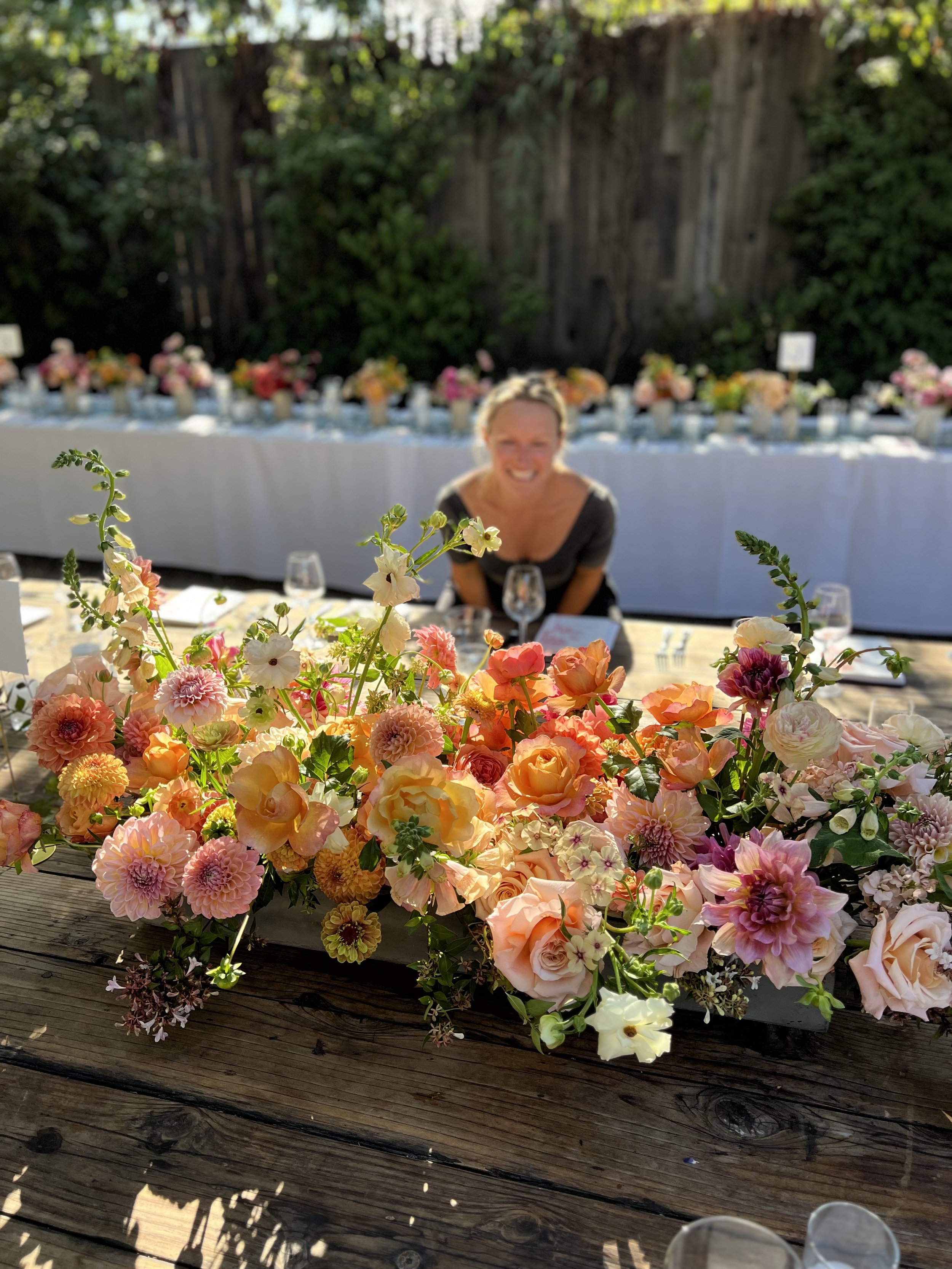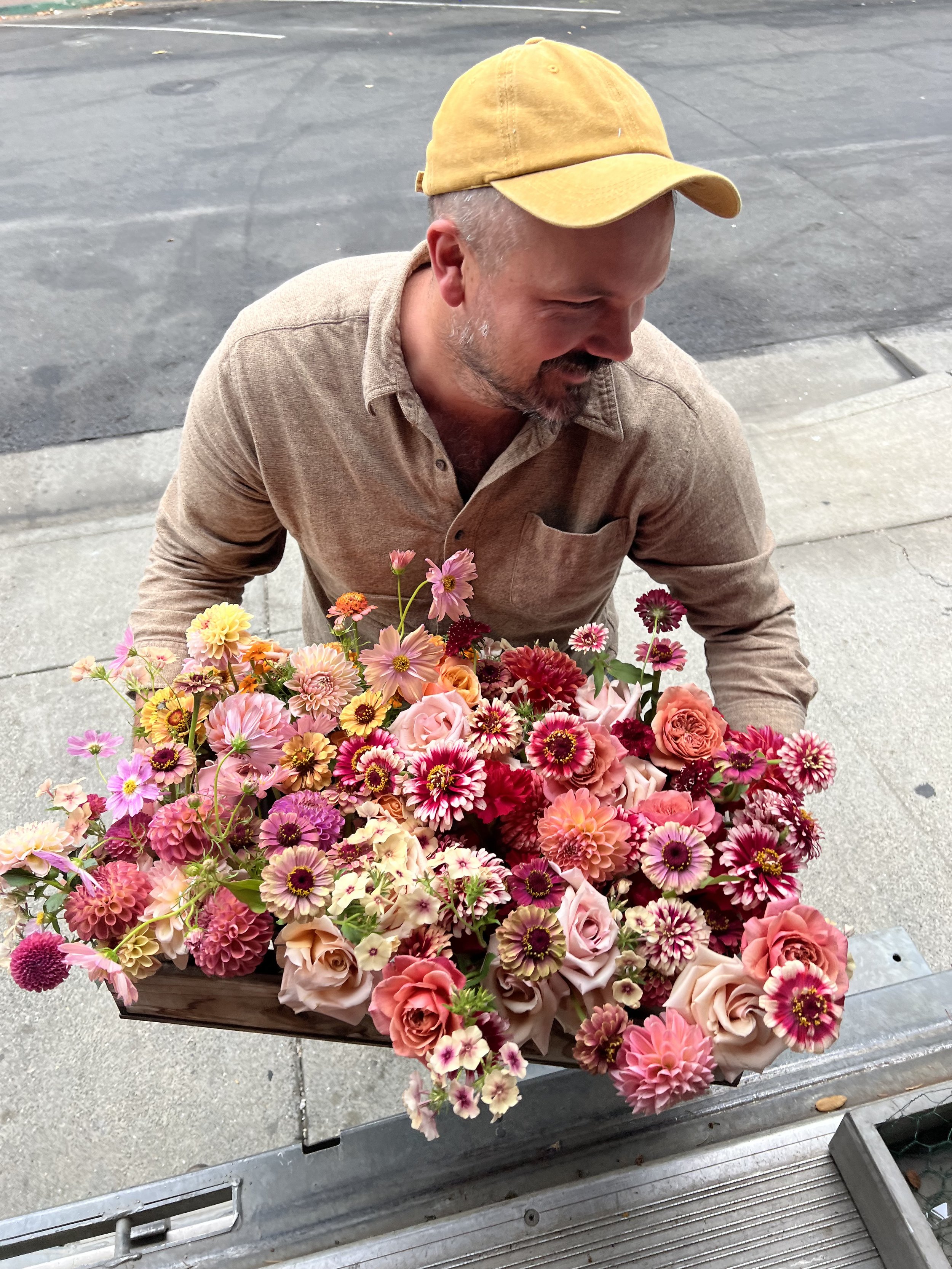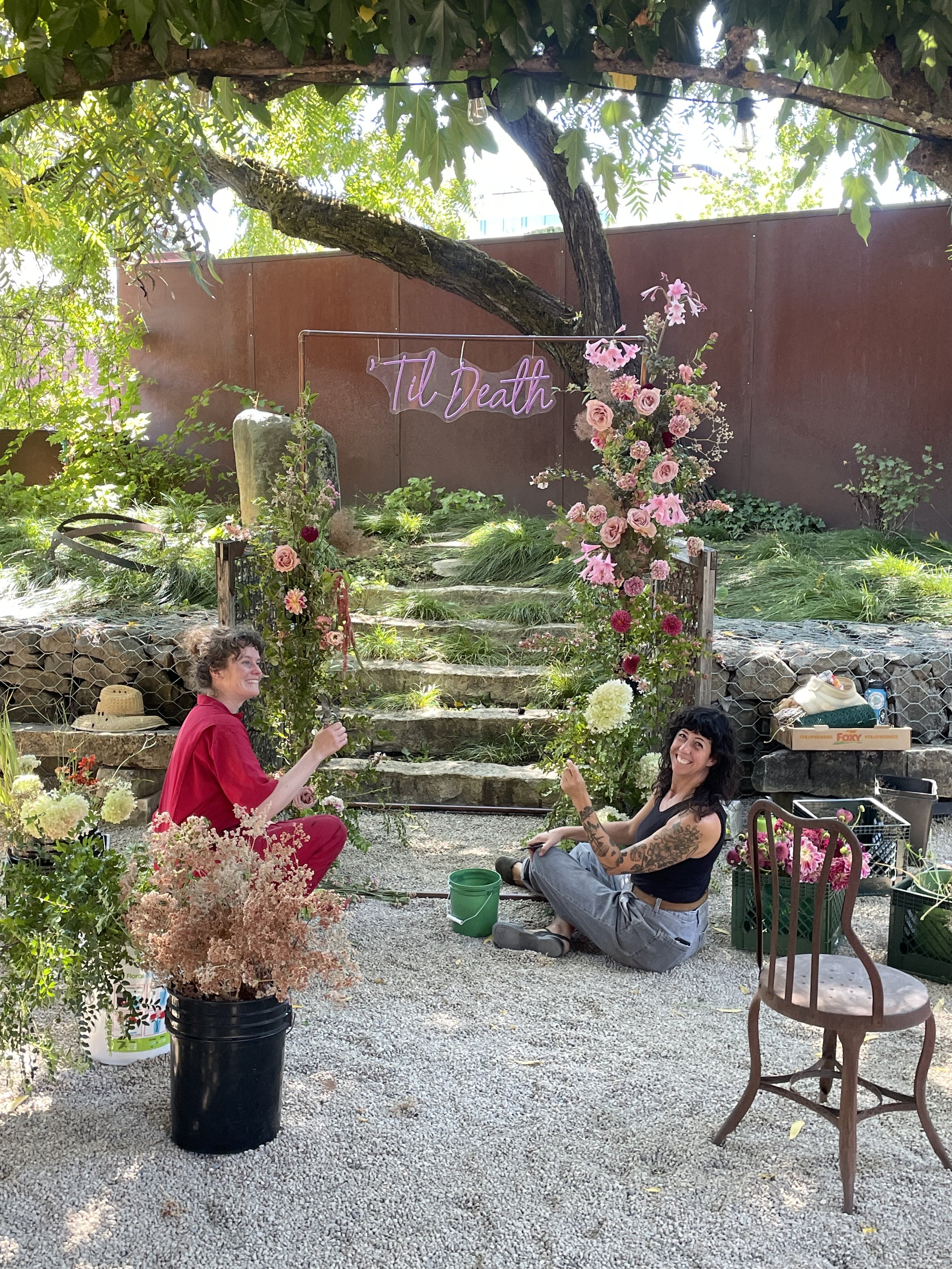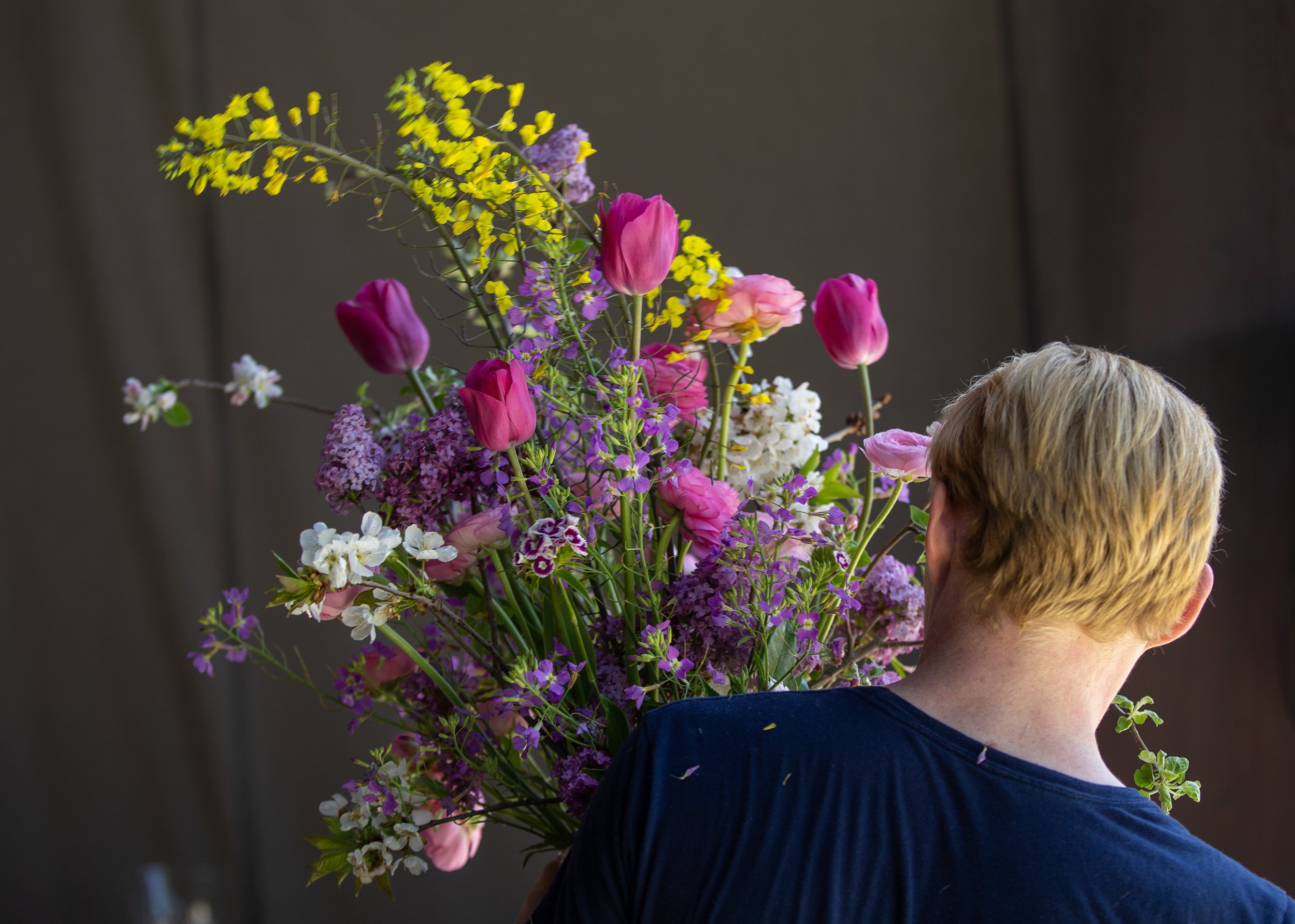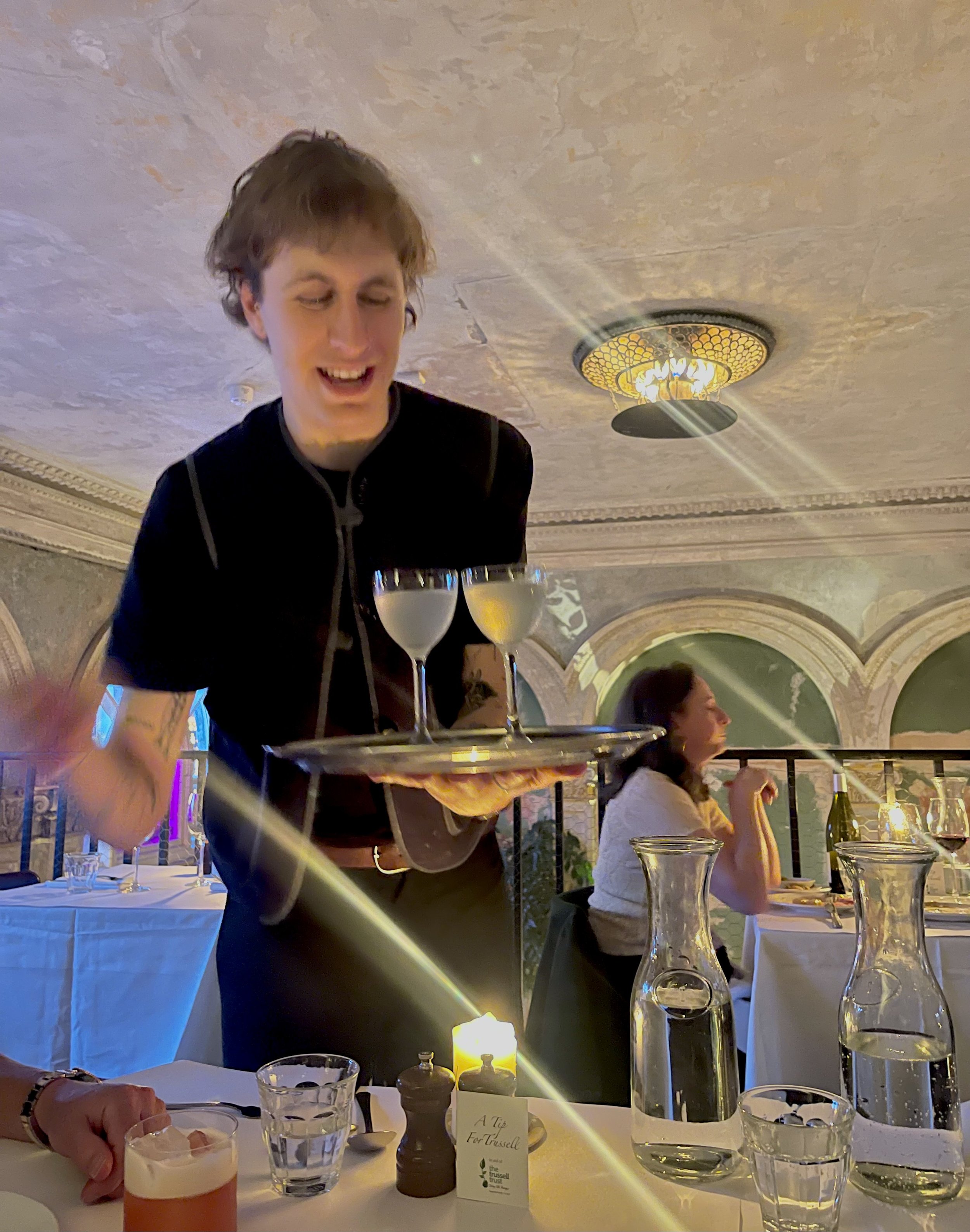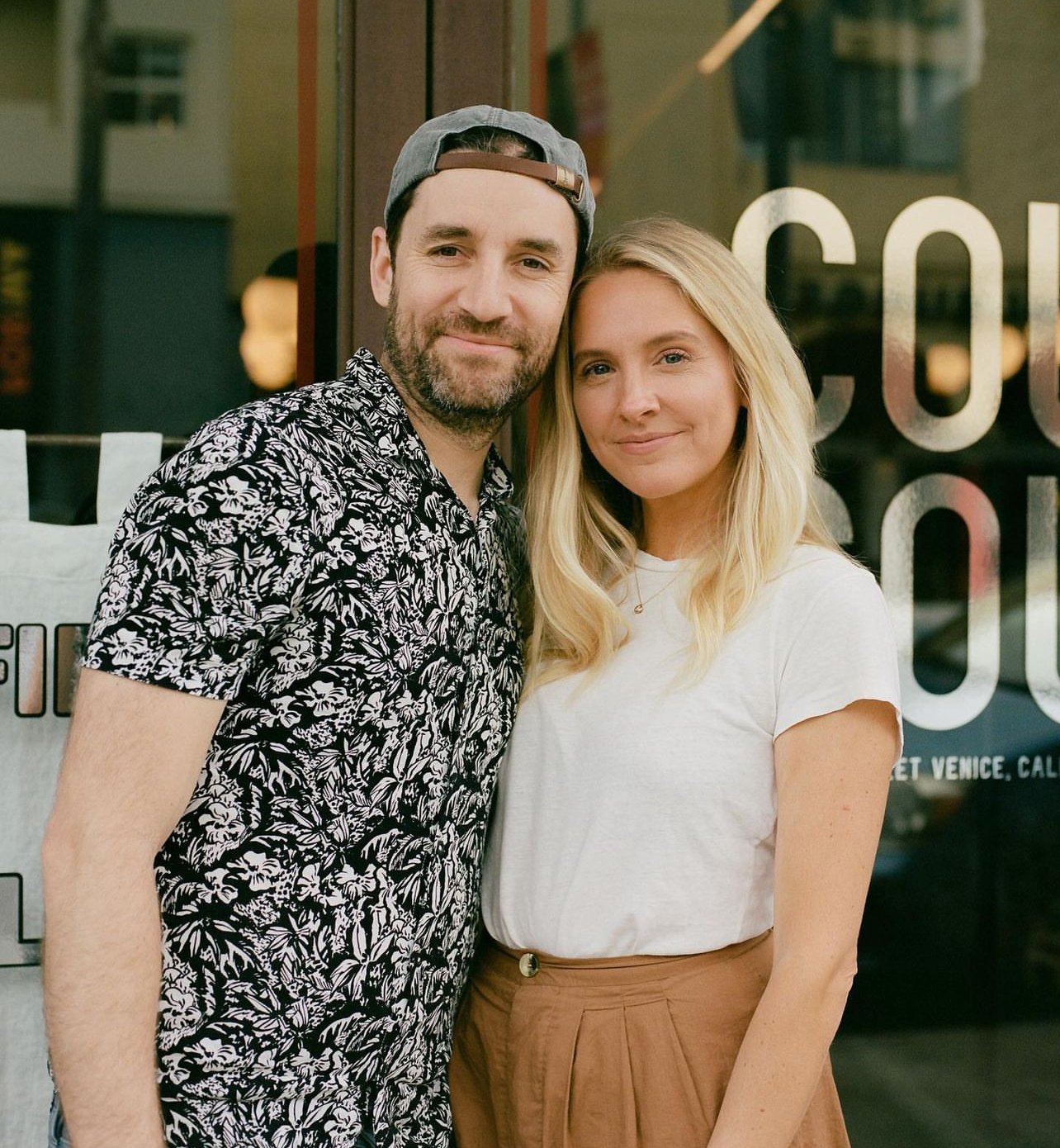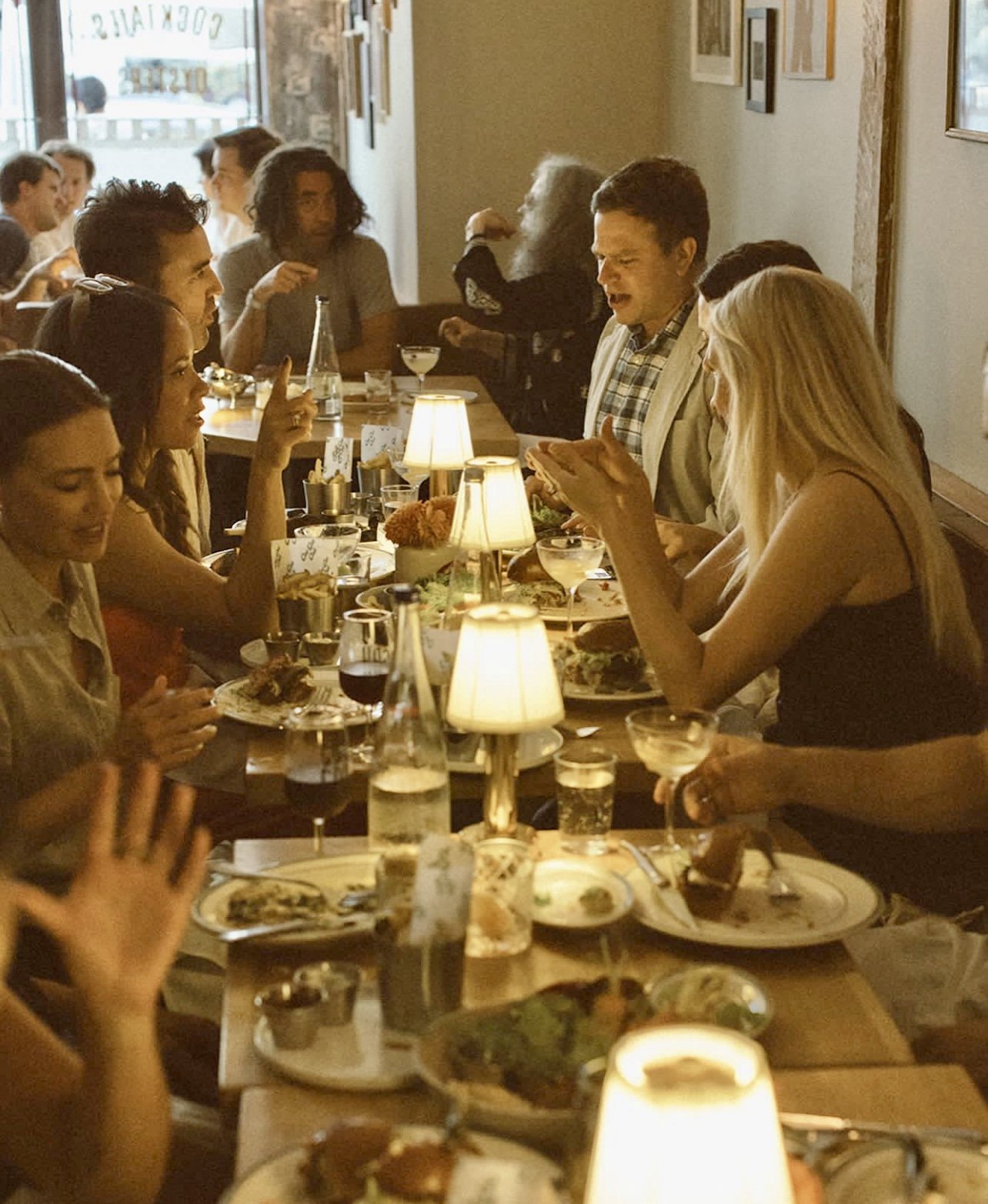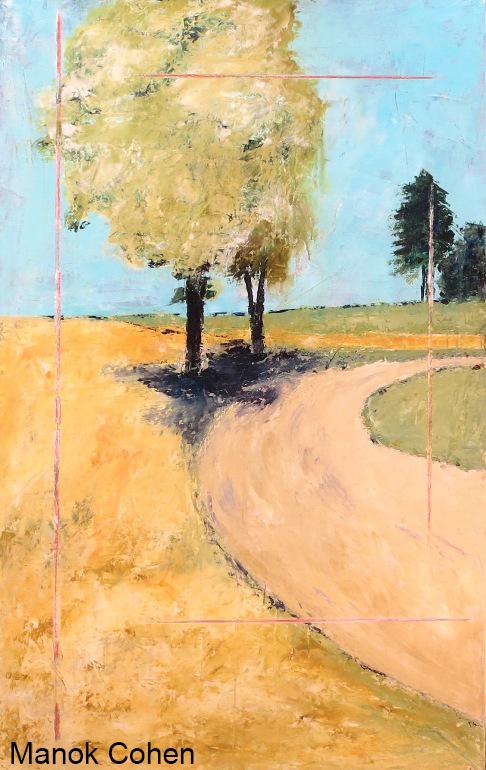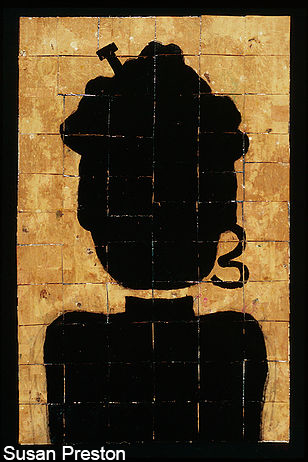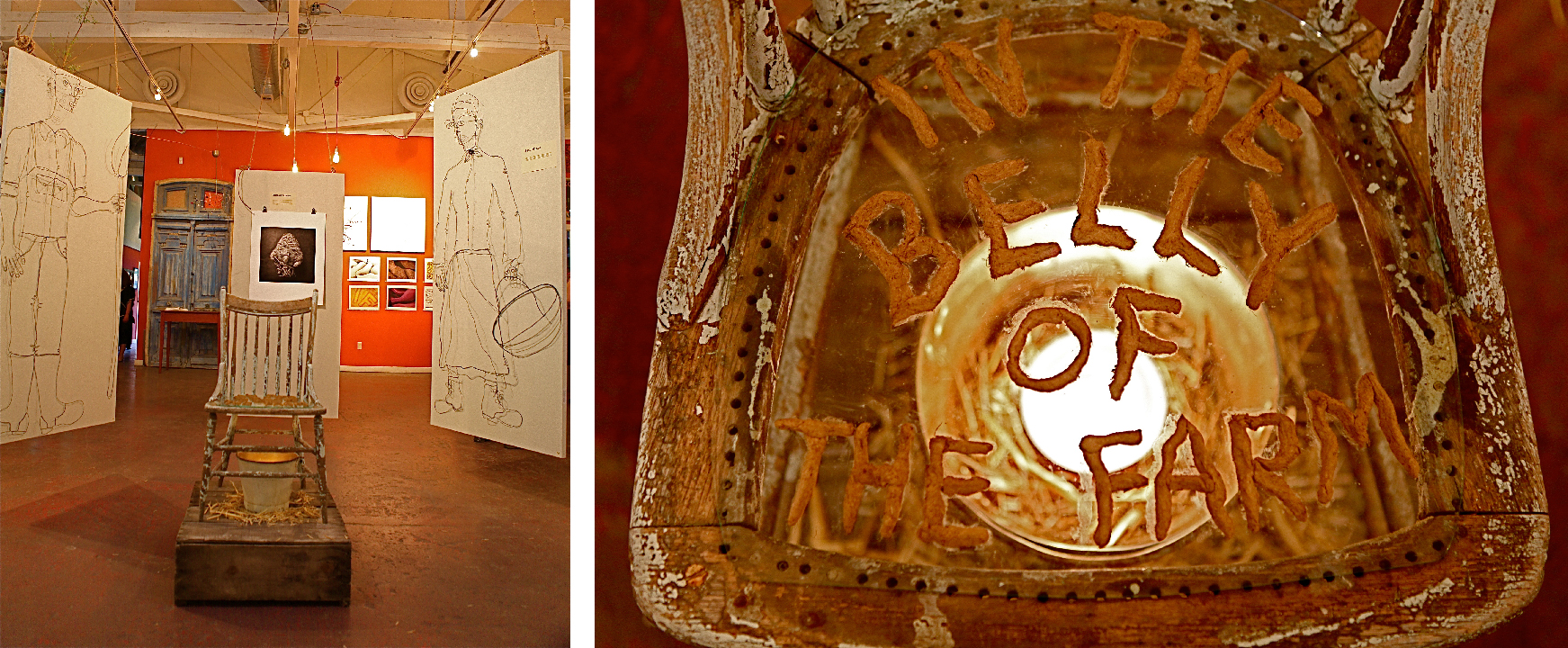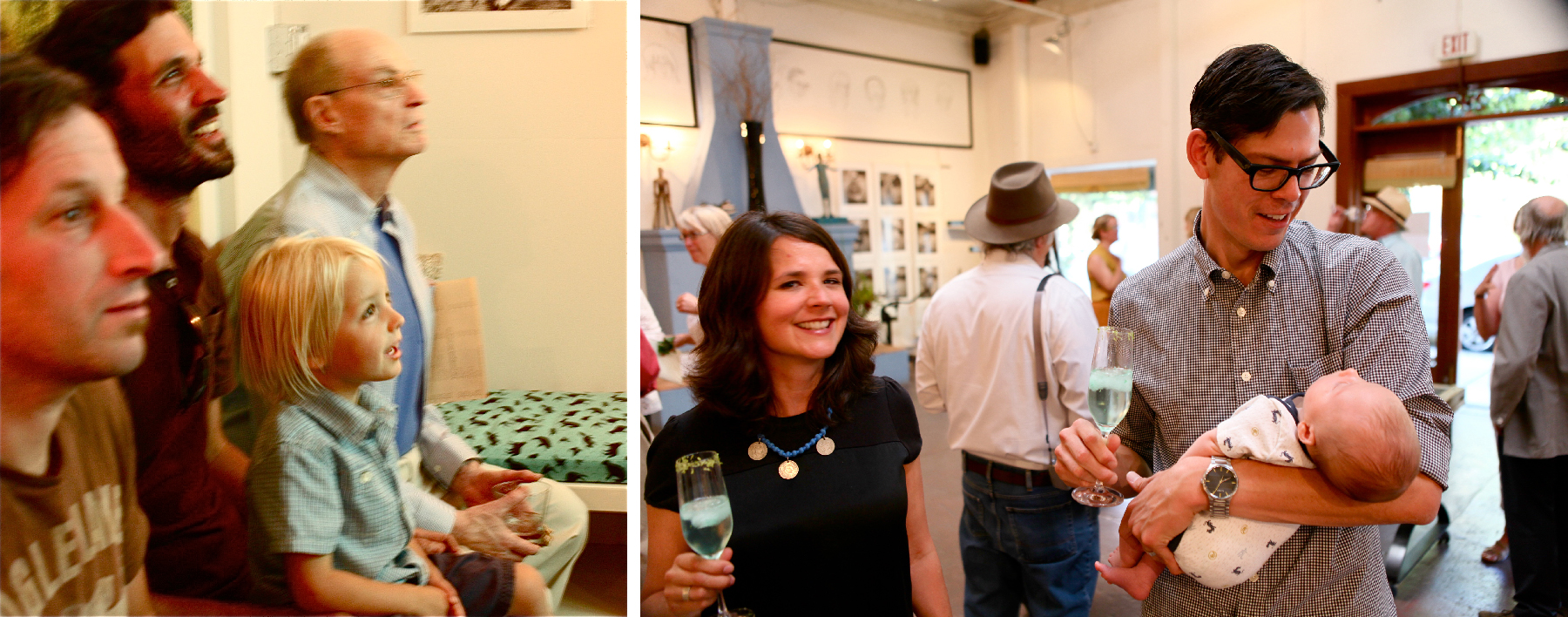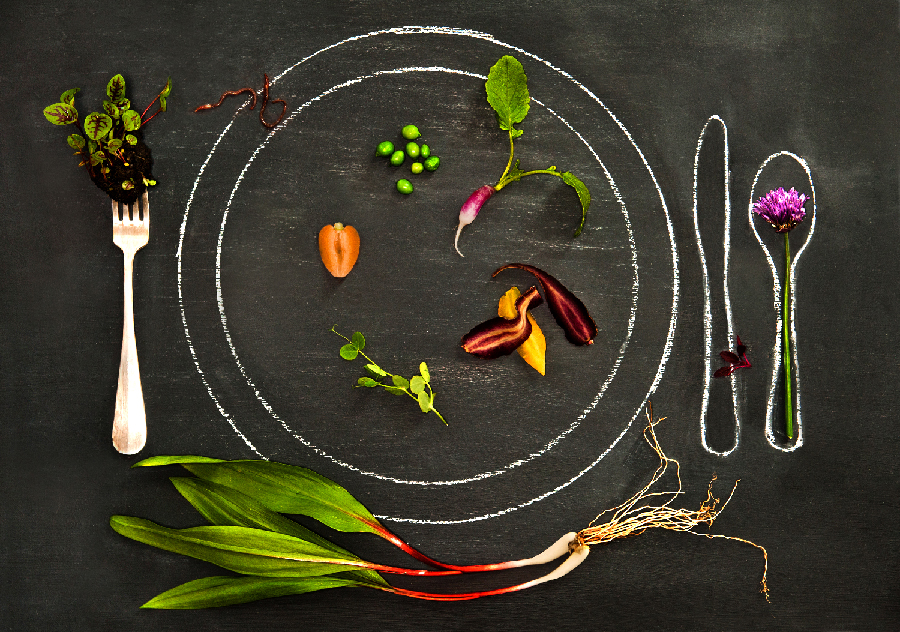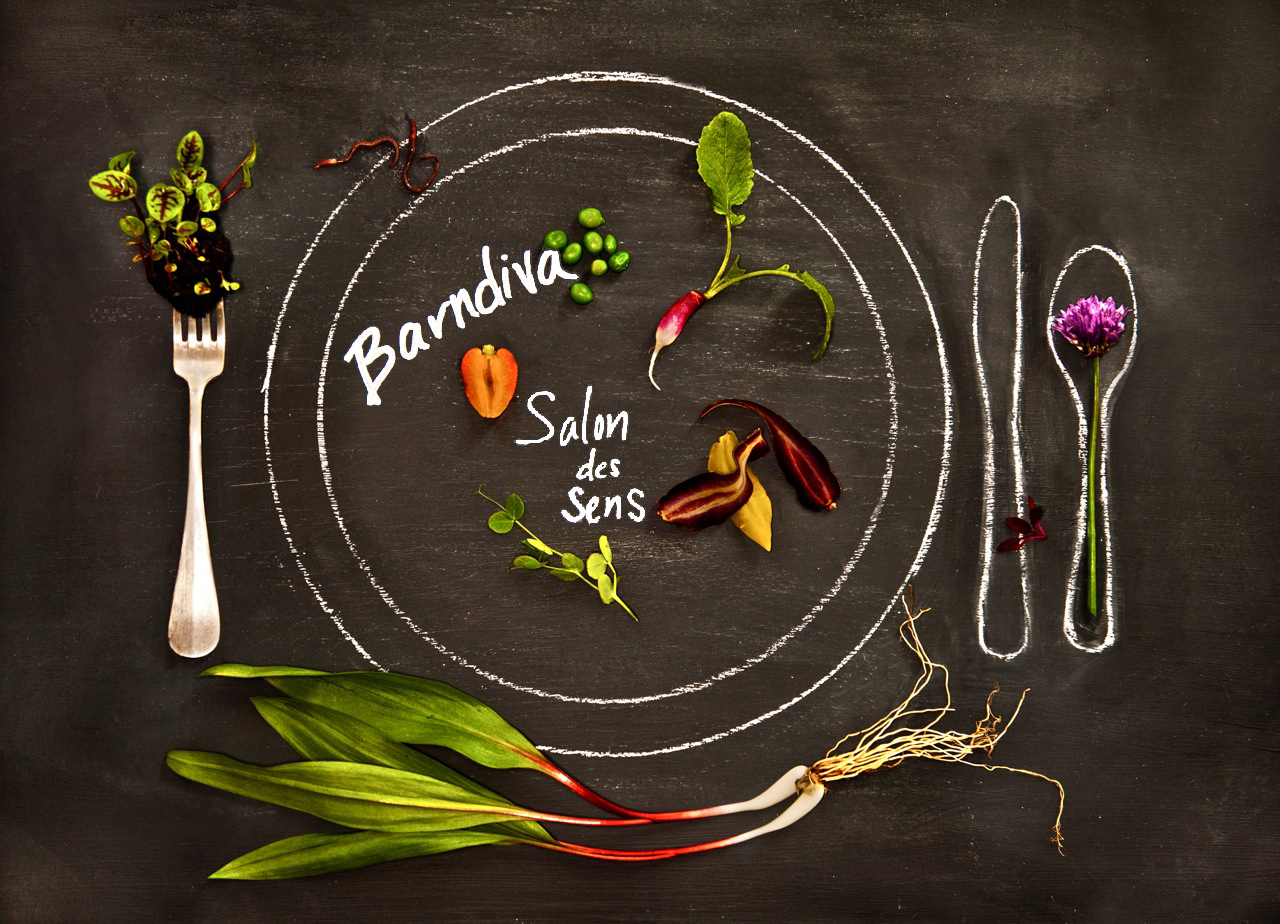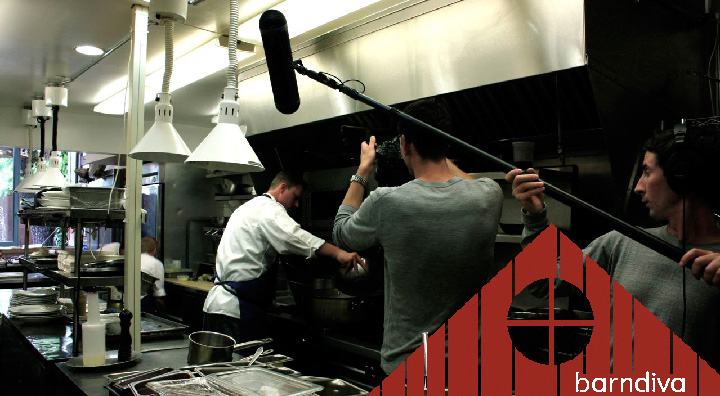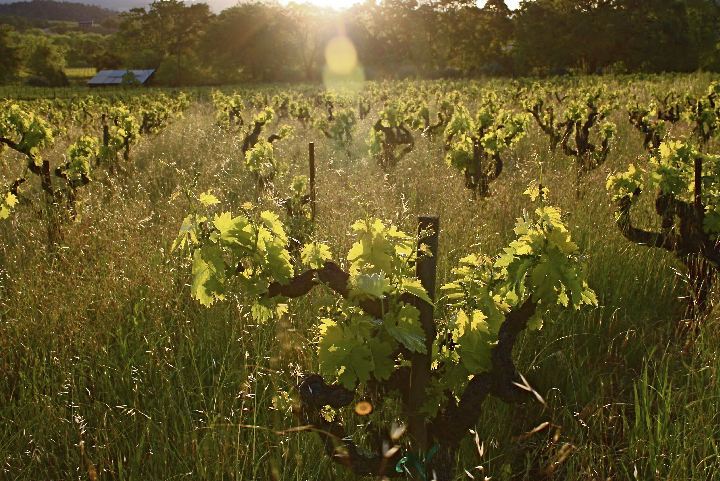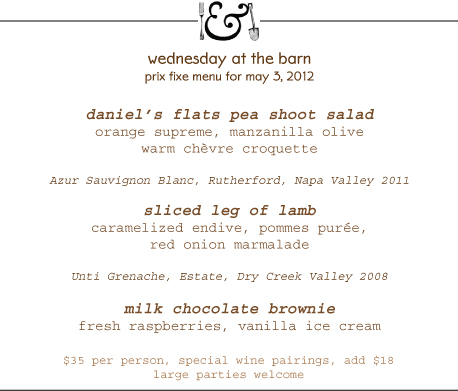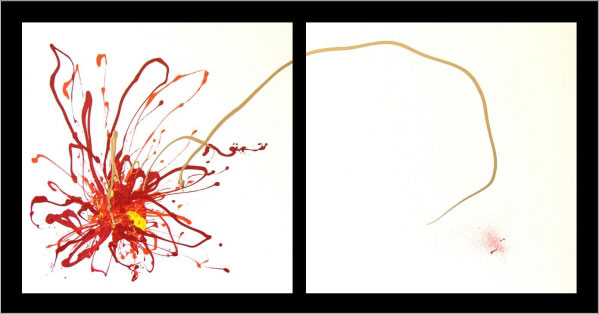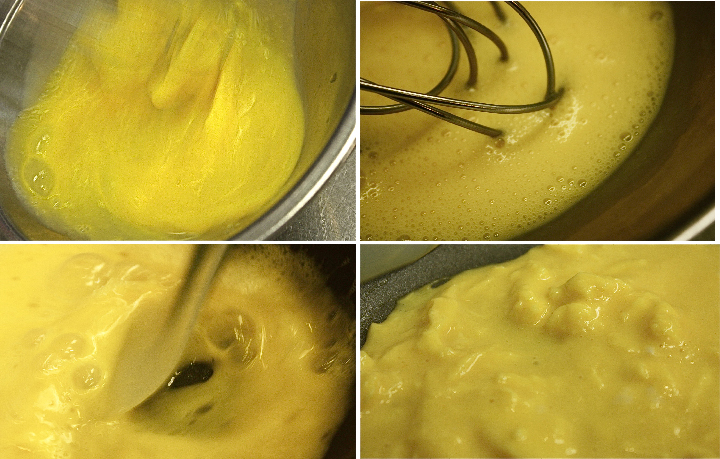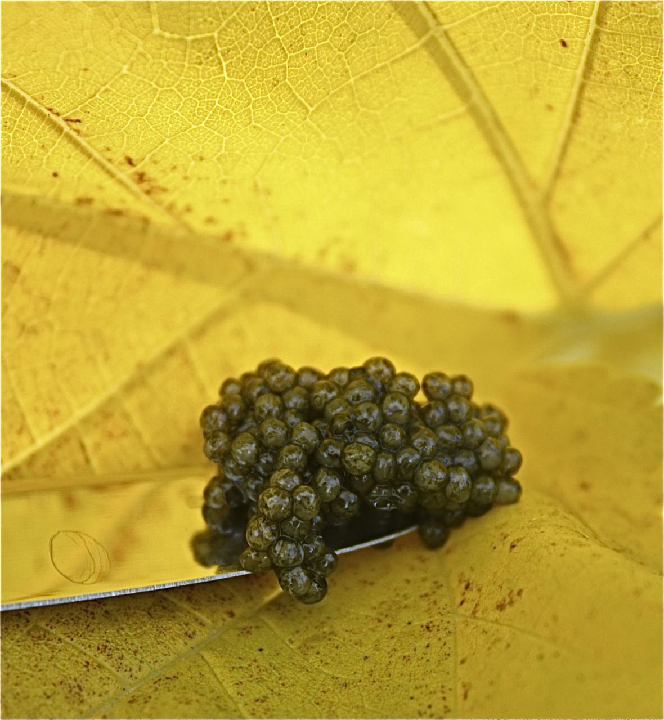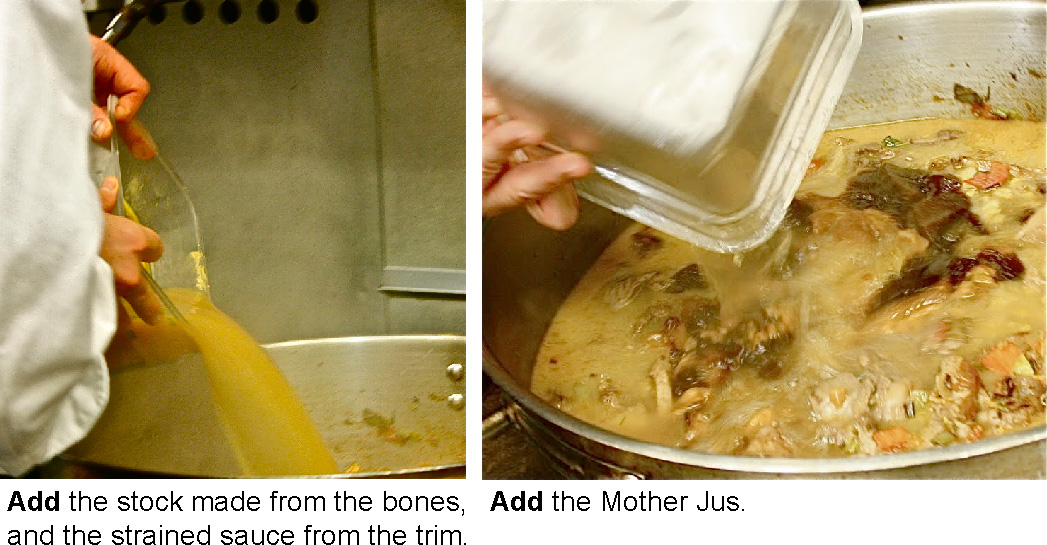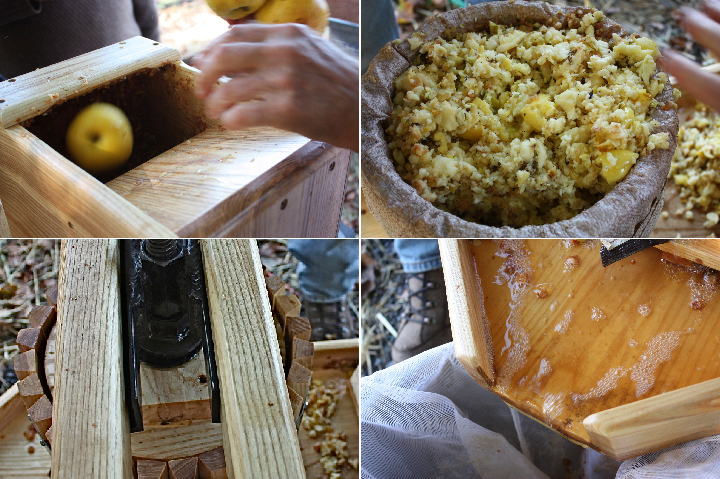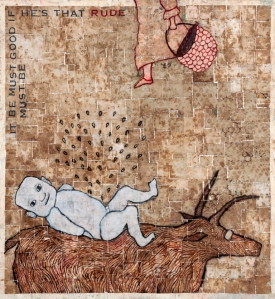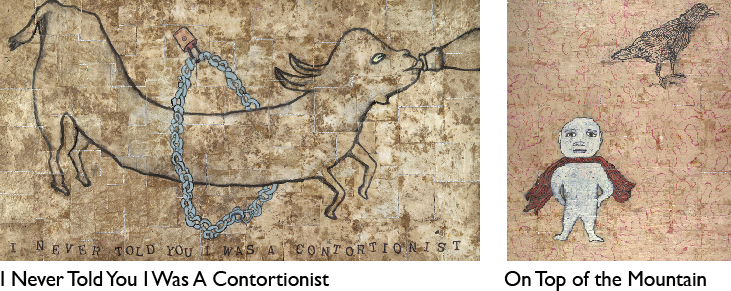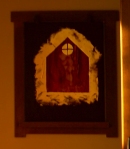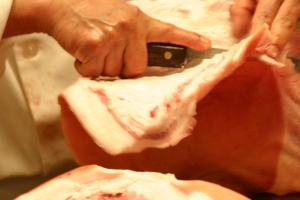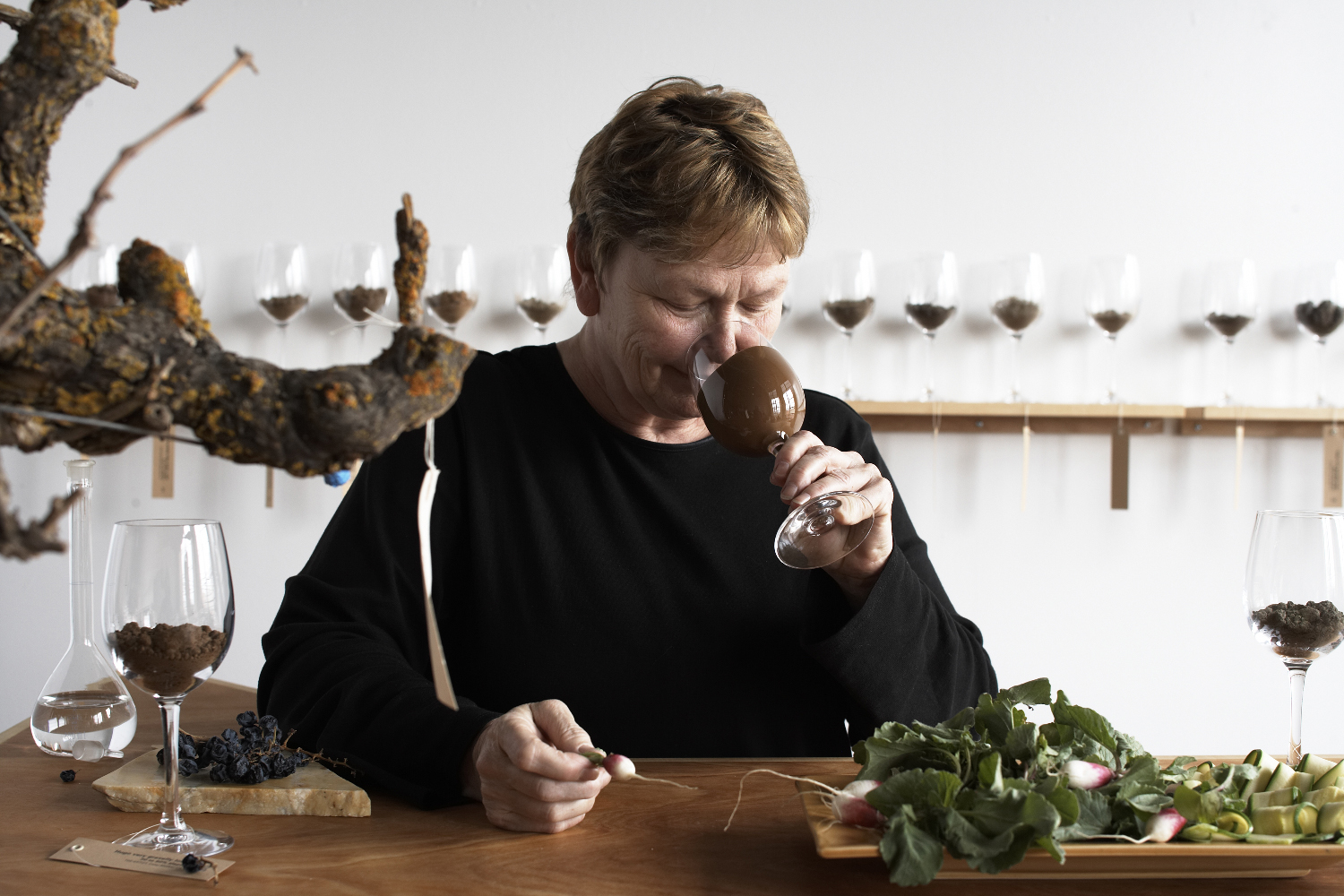No skirting it, 2023 was a challenging year. It seemed like every time we looked up from from the gardens in Philo or out the windows to a seemingly flourishing Healdsburg, the news of the day brought us up short with yet another human or planetary catastrophe. A reminder, as if we needed one, of how truly fragile life is everywhere. How fortunate we are to live and work how and where we do.
This last post of the year celebrates some of the best moments of 2023 for us, giving props to the people and places who made our year appreciably better, the world we share glow a bit brighter.
Our New Years Resolution: To focus even more on joyful moments like the ones captured here. To build collaborative bridges where and how they are needed.
Thank you for dining with us, throwing a party, planning a wedding, gathering a group of friends for a dinner party, showing up at one of our annual wine events - we so appreciate you! We look forward to showing you how much in 2024!
Diptych: Spring & Winter. Photo: Chad Surmick
Photographing Barndiva in all its many beautiful facets is something I love doing, and rarely entrust with another photographer, which made collaborating with the intuitive and extremely talented Chad Surmick this year an unmitigated joy. Together we captured Barndiva’s life in food, cocktails, wine parties, and studio b dinner parties. The most enjoyable work was a series we conceived for our website landing page - four color-resplendent still-life images of the raw ingredients that informed Eric’s brilliant menus. Our hope was that they brought the food conversation about seasonality home for everyone who visited our website. They were also very much an homage to the farm, to Misha and Renee, who joined us this year in Philo, and to the many many other farmers and fisherman, foragers and gardeners who work with us in the creation of our food and cocktail menus: we are grateful to them all.
Chad and I also had the honor to photograph the men and women whose labors transformed those raw ingredients for a B&W portrait series celebrating our 2023 Michelin star.
Barndiva’s Beverage Director Scott Beattie, Bar Manager Charles Rodenkirch and their team rocked the cocktail program this year with creations that lifted our spirits and then some. These were inventive, intriguing, satisfying and absolutely gorgeous cocktails. The bar team also maintained a weekly floral and herbal ‘garden’ for the bar (shout out to Buck), most of it from our farm, that took guests breath away (and invariably cellphones out). Through Scott’s long and legendary career he has had an indefatigable interest in everything growing around him - always with an eye toward how it might end up in a cocktail.
Our cocktail classes were also a highlight of the year, and we embraced gorgeous NA cocktails like never before. A stellar year in drink, with exciting plans for next year.
To learn more about the classes, read the wonderful article written about them in Edible Marine Magazine. Scott can be reached directly scott.beattie@barndiva.com,
We re-launched Studio B events this year with a community series called “Conversations Worth Having” hosted with three of the most formidable women - Dawnelise Rosen, Amber Keneally and Susan Preston. CWH has been a lifeline for us, and we were deeply gratified for others as well, judging by the success of Conversation #1, Gorgeous Garbage. The idea for the series flows from a long held desire to share what we’re reading, listening to, and thinking as we try to live more lightly on the ground in our lives and various businesses. We hope to introduce some of the fascinating people we are meeting on this journey, explore issues that affect us here in Healdsburg, across Sonoma County, and beyond. (No surprise, they are interconnected.)
By opening these conversations to a community we love, gift -wrapped in art, incredible speakers and - this being Barndiva - kick-ass cocktails and wines, we hope to make manifest the changes we long to see in the world. Our only ground rules for the series is that they be fun, and that there is no place for judgment as we explore some pretty complex subjects. Do we believe change starts with small and well considered actions? Yes, we really do.
Next up: Trash Talk, just scheduled for February 16th. We’ve got some incredible speakers coming to town for a panel led by the eco fabulous Zem Joquin, founder of The Near Future Summit, which Dawnelise and I were thrilled to attend this year. To hear about CWH first, Follow us @barndiva.com, or sign up to receive barndiva.com/blog. We will not share your information with anyone.
Above: Conversations Worth Having, A paint and distressed paper canvas by Susan Preston; Photo: Chad Surmick
At the end of the day, everything we do comes down to fostering a genuine feeling of joy in people, and nothing we do comes even close to producing more of it than our weddings and wedding rehearsal dinners. The connections you feel from seeing generations of family and friends gather is electric. Weddings always generate the best moments of our year - they keep us alive in more than ways than one. For that we give thanks to all our wedding couples and their families, who chose Barndiva this year.
Looking forward to 2024, we are so pleased to welcome Susan Bischoff to lead our wedding team - she is already busy with tours and fielding inquiries from across the country. As we say adieu to 2023, a truly grateful thank you, with big love, to our wonderful Natalie Nelson, who after ten years at the helm of Barndiva Weddings has started an exciting new life with her growing family in Utah.
Flowers have always been central to our lives, no surprise they are integral with our farm program, our weddings, and front and center in every dining experience we create. We are hopeful that the increasing world wide support we’re seeing for regenerative farming for food production will also inspire a similar approach when it comes to growing flowers. Because of our many weddings and private events we are able to recommend flower farms and floral designers who source this way - but it’s up to all of us to ask our favorite markets and flowers shops to support slow flower farming! The only critique we hear is “they don’t last as long,” and the most honest response is ‘ask yourself why.’
These are some of our favorites farmers and floral designers we follow near (to source) and far (for inspiration!) : @dragonflyfloral; @apple_farm_flowers; @longertablefarm; @singlethreadfarmstore; @frontporchfarm; @filigreenfarm; also: @daniel.james.co ( Daniel Carlson still directs the orchard & floral programs at our farm in Philo, now alongside the prodigiously talented Misha Vega); @nicamille; @cultivatingplace; @digdelve;@pithandvigor; @jimiblake_huntingbrookgardens; @clairetakacs
What does it take to be part of a ‘real’ restaurant food community? Michelin is clearly the most vaunted, then there’s James Beard and Slow Food, all of which seek to honor talent, innovation, hard work and tradition. But we are all businesses, from Michelin to the local diner. When we lose restaurants that nurtured talent and supported an ethical approach to food sourcing and labor, their absence is sorely felt. We will especially miss dining at Matt Orlando’s Amass in Copenhagen and The Ethicurean in Barley Wood. Both were truly inspirational in the dining experiences they presented.
We did dine in some remarkable restaurants this year, and want to give a special shout out to two that reminded us why we got into this business in the first place. Sessions Art Club in the Clerkenwell section of London (thank you Linda & Nick) is magical, from the moment you find the semi-secret door and they buzz you in, take a wonky elevator and arrive to a curiously elegant great room where history has it Charles Dickens once dined as a law clerk. The cocktails are unfussy, brilliantly balanced, perfectly served (very cold), the food a delight. The staff both nights we dined were absolutely brilliant - a gleam in the eye of jollity primed with the smooth joy of being part of something very special. We can’t wait to return.
The second memorable experience was at a ‘new’ french bistro on the quieter end of Main Street in Venice, Ca, an area I know well as I raised my first two children up the street in Ocean Park. Full Disclosure: one of those children is a co-owner of Cou Cou, Formerly Chez Tex. Jesse and Hayley Feldman started out with no experience in restaurants, though both are world class diners and share a passion for how design affects our ability to open ourselves to a shared experience. There is no gas on property, all food is cooked by wood fire, and the addition of a cocktail license has brought classy cocktails to their bright, locally sourced seasonal menus. Cou Cou perfectly captures the nostalgia and comfort of a French bistro - the kind where you want to order everything on the menu. Those menus will grow exponentially in the next few months when Hayley and Jesse open a second CouCou in WeHo.
Pay them a visit in the New Year, and order a “Bitches of the Seizeme, a Barndiva classic, on us. We know they make it correctly because, for all those Isabel Hales fans out there, she helped set up the Cou Cou bar when they first opened.


